Preschool Toys
Why Children in Preschool and Daycare Break Toys
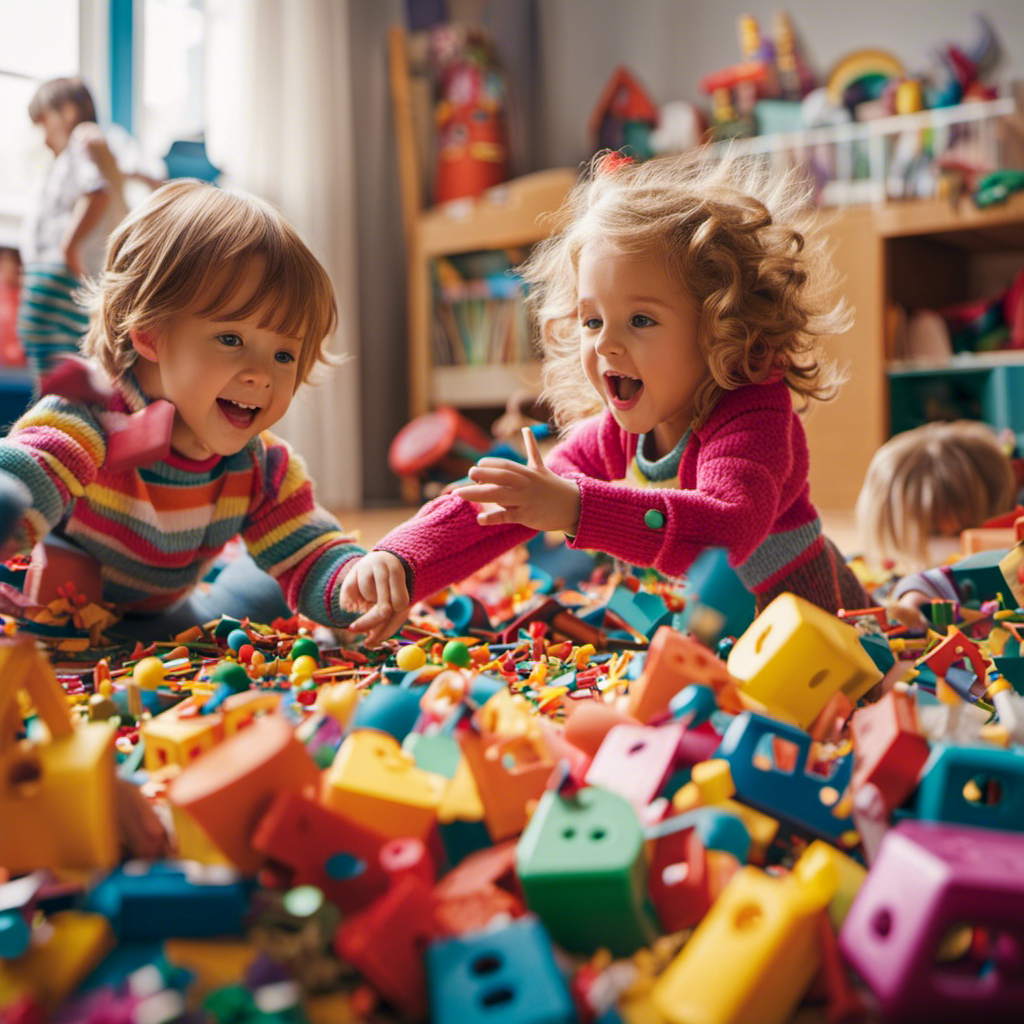
In my study of child development, I have discovered that there is a deeper meaning behind children damaging toys in preschool and daycare environments than meets the eye. It is not just about the broken toys, but rather about the reasons behind this behavior.
In this article, we will delve into the factors influencing toy breakage, from age and peer influence to environmental factors. By understanding these dynamics, we can implement strategies to prevent breakage incidents and create a safer, more enriching environment for our little ones.
Key Takeaways
- Use of age-inappropriate toys and lack of effective behavior management strategies contribute to toy breakage in preschool and daycare settings.
- Motor skills, including fine motor skills and gross motor skills, play a significant role in handling toys and unintentional mishandling may lead to breakage.
- Sensory integration difficulties and lack of control and understanding of force are factors that contribute to toy breakage incidents.
- The physical environment, peer influence, and emotional regulation abilities also play a role in toy breakage incidents in childcare settings.
Reasons for Toy Breakage in Preschool and Daycare Settings
If you’re wondering why children in preschool and daycare break toys, there are a few common reasons. One of the primary reasons is the use of toys that may not be age appropriate for the children. In these early childhood settings, it is crucial to ensure that the toys provided are suitable for the developmental stage of the children.
When children are given toys that are too advanced for their age, they may become frustrated and exhibit rough behavior, leading to toy breakage. This is why it is essential for caregivers and educators to carefully select toys that are designed for the specific age group they are working with.
Another factor that contributes to toy breakage is the lack of effective behavior management strategies. In preschool and daycare settings, children are still learning how to regulate their emotions and impulses. When these skills are not adequately developed, children may resort to destructive behaviors, such as breaking toys, to release their frustration or gain attention.
Implementing appropriate behavior management techniques, such as setting clear expectations and providing positive reinforcement, can help minimize toy breakage incidents.
Understanding the impact of age and developmental stage on toy breakage is crucial in addressing this issue effectively. By acknowledging the specific needs and abilities of each age group, caregivers and educators can select appropriate toys and implement behavior management strategies that promote positive play experiences.
Impact of Age and Developmental Stage on Toy Breakage
As an expert in child development, I will now discuss the impact of age and developmental stage on toy breakage.
Age and motor skills play a significant role in a child’s ability to handle toys and manipulate them without causing damage.
Additionally, cognitive development factors, such as problem-solving abilities and attention span, can also influence how children interact with toys and their likelihood of breaking them.
Age and Motor Skills
Children in preschool and daycare often struggle with age-appropriate motor skills, which can contribute to them breaking toys. Motor development plays a crucial role in a child’s ability to manipulate objects and engage in play activities. Here are four key points to consider regarding motor development and toy breakage:
-
Fine motor skills: Preschoolers are still refining their hand-eye coordination and finger dexterity, making it challenging for them to handle toys delicately.
-
Gross motor skills: Children with underdeveloped gross motor skills may unintentionally knock over or drop toys, increasing the risk of breakage.
-
Sensory integration: Difficulties in sensory processing can affect a child’s ability to regulate their movements, leading to unintentional mishandling of toys.
-
Lack of control: Young children may lack the necessary control and understanding of force, causing them to exert excessive pressure or mishandle toys, resulting in breakage.
Understanding these motor development factors can help educators and caregivers create an environment that supports children’s motor skills and minimizes toy breakage.
As we delve into cognitive development factors, we can further explore how these aspects influence children’s toy interactions.
Cognitive Development Factors
Understanding how cognitive development factors influence a child’s interaction with toys can provide valuable insights for educators and caregivers.
Language development plays a crucial role in a child’s ability to engage with toys effectively. As children develop their language skills, they can communicate their needs, preferences, and ideas more clearly, enhancing their play experiences.
Moreover, problem-solving skills also contribute to how children interact with toys. As their cognitive abilities develop, children become more adept at solving problems, which allows them to engage in more complex and challenging play activities.
By understanding these cognitive development factors, educators and caregivers can select appropriate toys that promote language development and problem-solving skills, fostering optimal learning and growth in children.
Transitioning into the subsequent section about emotional regulation abilities, it is important to consider how these factors also impact a child’s ability to regulate their emotions during play.
Emotional Regulation Abilities
When it comes to emotional regulation abilities, you can support a child’s ability to manage their emotions during play by providing a safe and nurturing environment. Emotional regulation challenges can arise when children struggle to control their emotions, leading to behaviors that may include toy breakage.
As a caregiver or teacher, it is important to understand effective behavior management techniques to help children develop their emotional regulation skills. This includes teaching them appropriate ways to express their emotions, such as using words instead of resorting to destructive behaviors. By setting clear expectations and providing consistent guidance, children can learn to regulate their emotions and engage in play without resorting to destructive actions.
Understanding the role of emotional regulation in behavior management is crucial for creating a positive and supportive environment for children to learn and grow.
Now let’s explore the environmental factors contributing to toy breakage in childcare settings.
Environmental Factors Contributing to Toy Breakage in Childcare Settings
One possible sentence could be: ‘The excessive use and rough handling of toys by young children can cause them to break easily in preschool and daycare settings.’
When it comes to understanding why children in preschool and daycare break toys, it is important to consider the role of environmental factors. The physical environment in these settings plays a significant role in shaping children’s behavior and their interactions with toys. Additionally, the development of motor skills can also contribute to toy breakage incidents. As children are still developing their fine motor skills, they may lack the coordination and control needed to handle toys gently. Moreover, the use of toys in activities that promote the development of motor skills, such as building blocks or puzzles, can increase the risk of accidental breakage.
These environmental factors, combined with the natural curiosity and exploration of young children, create a context where toy breakage incidents are more likely to occur.
Understanding the role of peer influence in toy breakage incidents is crucial in addressing this issue.
The Role of Peer Influence in Toy Breakage Incidents
In examining the role of peer influence in toy breakage incidents, it is important to consider the impact of social pressure on behavior. Children are often influenced by their peers and may engage in actions that they observe others doing.
This can include copying the actions of peers when it comes to handling toys, which can ultimately lead to an increase in toy breakage incidents. Understanding the influence of peer behavior on toy breakage is crucial in developing effective strategies for preventing and mitigating such incidents in childcare settings.
Social Pressure on Behavior
You might feel social pressure to behave a certain way when you’re around other children in preschool or daycare, which could lead to breaking toys. Peer pressure and social learning play significant roles in shaping a child’s behavior.
Here are four reasons why social pressure can influence children to break toys:
- Desire for acceptance: Children may break toys to gain attention or approval from their peers, as they believe destructive behavior makes them more popular.
- Mimicking others: Children often imitate the actions of their peers, especially if they see them breaking toys. This behavior is driven by the need to fit in and belong.
- Need for power: Breaking toys can be an attempt to assert dominance or control over others. Children may feel empowered when they see the reactions of their peers.
- Lack of impulse control: Some children struggle with impulse control and may break toys without fully considering the consequences, especially when influenced by their peers.
Understanding the social pressure and social learning dynamics at play can help us address and prevent toy breakage incidents.
In the next section, we will explore the impact of copying actions of peers on children’s behavior.
Copying Actions of Peers
When you’re around your friends, sometimes you might find yourself imitating the things they do. This is because of peer influence and behavior modeling, which play a significant role in shaping our actions.
Research suggests that children in preschool and daycare are particularly susceptible to copying the actions of their peers. They observe how their friends behave and often feel the need to imitate that behavior to fit in and be accepted.
This can be seen in various contexts, including how children interact with toys. For example, if one child starts throwing toys or breaking them, others may follow suit, thinking it’s the norm.
This peer influence on toy breakage can result in an increased likelihood of toys being damaged or broken in preschool and daycare settings, which can be problematic for both the children and educators.
Influence on Toy Breakage
If your peers start throwing or breaking toys, it’s common for others to imitate that behavior, leading to an increase in toy breakage. The influence of parenting styles and the role of temperament play significant roles in these incidents.
Research suggests that children who are exposed to permissive parenting, where rules and boundaries are not consistently enforced, are more likely to engage in disruptive behaviors such as toy breakage. Conversely, children raised in authoritative parenting environments, where expectations and consequences are clear, are less likely to engage in such behaviors.
Additionally, a child’s temperament can also contribute to their inclination to break toys. Children with more impulsive and aggressive temperaments may be more prone to engaging in destructive behaviors.
Understanding the influence of parenting styles and considering a child’s temperament can help inform strategies for preventing toy breakage in preschool and daycare settings.
Strategies for Preventing Toy Breakage in Preschool and Daycare Settings
To prevent toy breakage in preschool and daycare settings, it’s important to implement strategies that promote proper handling and care. By encouraging responsible play and providing clear guidelines, we can minimize the risk of toys getting damaged.
Here are some effective strategies for toy maintenance and promoting responsible play:
- Educate children about the importance of gentle handling and treating toys with care.
- Establish rules and expectations for toy usage, such as no throwing or rough play.
- Encourage children to clean up after themselves, teaching them to put toys back in their designated places when they are finished.
- Regularly inspect toys for any signs of wear and tear, and promptly repair or replace them to ensure continued safety and enjoyment.
The Importance of Age-Appropriate Toys in Reducing Breakage Incidents
In order to prevent toy breakage in preschool and daycare settings, it is crucial to promote age-appropriate play. By providing children with toys that are suitable for their developmental stage, we can greatly reduce the risk of breakage incidents.
Age-appropriate toys are designed to meet the physical, cognitive, and emotional needs of children at different stages of their development. For example, infants and toddlers require toys that are safe and easy to grasp, while preschoolers benefit from toys that encourage problem-solving and imaginative play.
One strategy for promoting age-appropriate play is to carefully select toys that align with the developmental milestones of the children in your care. This can be done by consulting reputable sources such as child development experts or toy safety organizations. Additionally, regularly assessing and rotating toys can ensure that children have access to a variety of age-appropriate options.
Supervision Techniques to Minimize Toy Breakage in Childcare Settings
One effective way to minimize toy breakage in childcare settings is through consistent and attentive supervision. As a childcare professional, I understand the importance of implementing effective supervision techniques to ensure the safety of the children and the longevity of the toys.
Here are four key supervision techniques that can help minimize toy breakage incidents:
-
Active Monitoring: By actively observing the children at play, you can quickly identify any potential behavior that may lead to toy breakage. This allows you to intervene promptly and redirect their attention to appropriate play.
-
Setting Clear Expectations: Establishing clear rules and expectations regarding toy handling and care can help children understand the importance of treating toys with respect. Encourage cooperative play and sharing to prevent any rough handling or misuse of toys.
-
Positive Reinforcement: Praise and reward children when they demonstrate appropriate toy handling and care. This positive reinforcement encourages them to continue these behaviors, reducing the likelihood of toy breakage.
-
Rotating Toys: Introduce a variety of toys and rotate them regularly. This not only keeps the children engaged and interested but also reduces the wear and tear on specific toys, decreasing the chances of breakage.
The Connection Between Behavior and Toy Breakage in Young Children
By understanding how behavior influences the durability of toys, you can effectively address and minimize instances of toy breakage in young kids. The impact of behavior on toy breakage is closely linked to child development. As children grow, they go through different stages and exhibit various behaviors that can contribute to the breakage of toys. Let’s take a look at the relationship between child development and toy breakage in the table below:
| Child Development Stage | Behavior | Impact on Toy Breakage |
|---|---|---|
| Toddler | Curiosity and exploration | Increased risk of accidental breakage |
| Preschooler | Rough play and experimentation | Higher likelihood of intentional breakage |
| School-age | Increased strength and coordination | Potential for more forceful breakage |
As children progress through these stages, their behavior evolves and so does the risk of toy breakage. Understanding and anticipating these behaviors can help caregivers and educators take proactive measures to prevent toy breakage incidents.
Transition: Now that we have explored the connection between behavior and toy breakage, let’s move on to how to handle toy breakage incidents in preschool and daycare environments.
How to Handle Toy Breakage Incidents in Preschool and Daycare Environments
When a toy gets broken, it’s important to address the situation calmly and provide guidance on how to handle the incident appropriately. Handling consequences and providing emotional support are crucial in preschool and daycare environments. Children at this age are still learning about cause and effect and may not fully understand the consequences of their actions. As educators and caregivers, it is our responsibility to teach them how to take responsibility for their actions and make amends when something goes wrong.
First and foremost, it’s essential to remain calm when a toy is broken. Reacting with anger or frustration can escalate the situation and make the child feel even worse. Instead, take a deep breath and approach the child with empathy. Let them know that accidents happen and reassure them that it’s okay. This will help them feel supported and less afraid to admit their mistakes in the future.
Next, it’s important to teach children about consequences. Help them understand that their actions have an impact on others and that they need to take responsibility for their choices. This can be done through simple conversations and discussions about cause and effect. For example, you can explain that when they throw a toy, it can break and hurt someone. By connecting their actions to the consequences, children can start to develop a sense of accountability.
Lastly, provide emotional support to the child involved. Breaking a toy can be upsetting for them, and they may feel guilt or shame. Offer comfort and reassurance, letting them know that it’s okay to make mistakes and that they can learn from this experience. Encourage them to apologize if necessary and help them brainstorm ways to fix or replace the broken toy, if possible.
Frequently Asked Questions
How Can Parents and Caregivers Address Toy Breakage Incidents in Preschool and Daycare Environments?
Effective discipline strategies and promoting positive behavior management are key when addressing toy breakage incidents in preschool and daycare environments.
As a parent or caregiver, it’s important to establish clear rules and expectations about how toys should be treated. Consistently reinforcing these guidelines and offering praise for appropriate behavior can help prevent toy breakage.
Additionally, redirecting children to alternative activities or providing them with appropriate outlets for their energy and creativity can minimize the likelihood of toys being broken.
Are There Specific Toy Materials That Are More Prone to Breakage in Childcare Settings?
When it comes to toy durability in childcare settings, certain materials are more prone to breakage. Plastic toys, especially those made with thin or brittle plastic, can easily crack or shatter.
Wooden toys, while sturdy, may splinter if not properly maintained. Additionally, toys with small parts or weak connections can pose potential hazards.
It’s important for caregivers to regularly inspect toys and choose ones made from durable materials to ensure the safety and longevity of playtime.
What Are Some Signs That a Child May Be More Likely to Engage in Toy Breakage Behavior?
Child temperament and parental guidance are important factors in understanding why some children may engage in toy breakage behavior. Children who are more impulsive or have difficulty regulating their emotions may be more likely to break toys. Similarly, children who have not been taught appropriate ways to handle toys or have not been given clear boundaries may also engage in toy breakage behavior.
How Can Peer Influence Be Managed to Minimize Toy Breakage Incidents in Preschool and Daycare Settings?
Managing peer influence is crucial in minimizing toy breakage incidents in preschool and daycare settings. It’s important to create a supportive and structured environment where children feel encouraged to engage in positive play.
By setting clear expectations and providing guidance, educators can help children understand the importance of respecting toys and the property of others.
Additionally, fostering communication and problem-solving skills among peers can empower children to resolve conflicts peacefully, reducing the likelihood of toy breakages.
Are There Any Legal or Safety Regulations in Place Regarding Toy Breakage Incidents in Childcare Facilities?
Legal and safety regulations play a crucial role in ensuring the well-being of children in preschool and daycare settings. These regulations are put in place to protect children from potential hazards, including toy breakage incidents.
They outline specific guidelines and requirements for the selection, maintenance, and use of toys in childcare facilities. By adhering to these regulations, providers can minimize the risk of toy breakage incidents and create a safe and nurturing environment for children to learn and play.
Conclusion
In conclusion, it is crucial to understand the reasons behind toy breakage in preschool and daycare settings. This understanding is essential for creating a safe and conducive environment for young children. By considering factors such as age, developmental stage, environmental influences, and peer influence, childcare providers can implement strategies to prevent toy breakage incidents.
One strategy is to utilize age-appropriate toys. Providing toys that are suitable for the children’s age and developmental stage can minimize the risk of breakage. Additionally, employing effective supervision techniques is important. Constantly monitoring the children while they play can help prevent rough handling or misuse of toys that may lead to breakage.
Addressing behavior issues promptly is another crucial aspect. If a child is displaying aggressive or destructive behavior towards toys, it is important to intervene and address the behavior immediately. By doing so, childcare providers can teach children appropriate ways to play with toys and prevent breakage incidents.
By handling toy breakage incidents with care and providing a nurturing environment, we can foster positive growth and development in our young learners. Creating an atmosphere where children feel supported and encouraged to explore and learn can help reduce the occurrence of toy breakage.
In summary, understanding the reasons behind toy breakage and implementing appropriate strategies can significantly reduce the occurrence of such incidents. By doing so, we can create a safe and conducive environment for young children, fostering their growth and development.
Tina is the heart and soul behind Toddler Ride On Toys. With a passion for early childhood education and a deep understanding of child development, Tina ensures that every piece of content on our website reflects our commitment to playful learning. Her expertise in Montessori, Preschool, STEM, and Waldorf education philosophies helps shape our website into a valuable resource for parents, caregivers, and educators.
Preschool Toys
How to Choose Safe Outdoor Play Equipment for Preschool

We recognize the importance of protecting our children while they explore and play. With so many options available, choosing the right outdoor play equipment for preschoolers can feel overwhelming. But don’t worry, we’re here to guide you through this process.
In this article, we’ll walk you through the process of selecting age-appropriate equipment, checking for safety features, considering materials and durability, and finding the perfect space and location.
Get ready to create a fun and secure outdoor play environment for your preschoolers!
Key Takeaways
- Conduct a thorough risk assessment to determine the suitability of the equipment.
- Select equipment with impact-resistant materials and secure anchoring to prevent injuries.
- Choose materials that are durable, non-toxic, and eco-friendly.
- Prioritize regular maintenance and inspections to ensure safety and longevity of the equipment.
Age-Appropriate Equipment
We will discuss the importance of selecting age-appropriate equipment for preschool outdoor play.
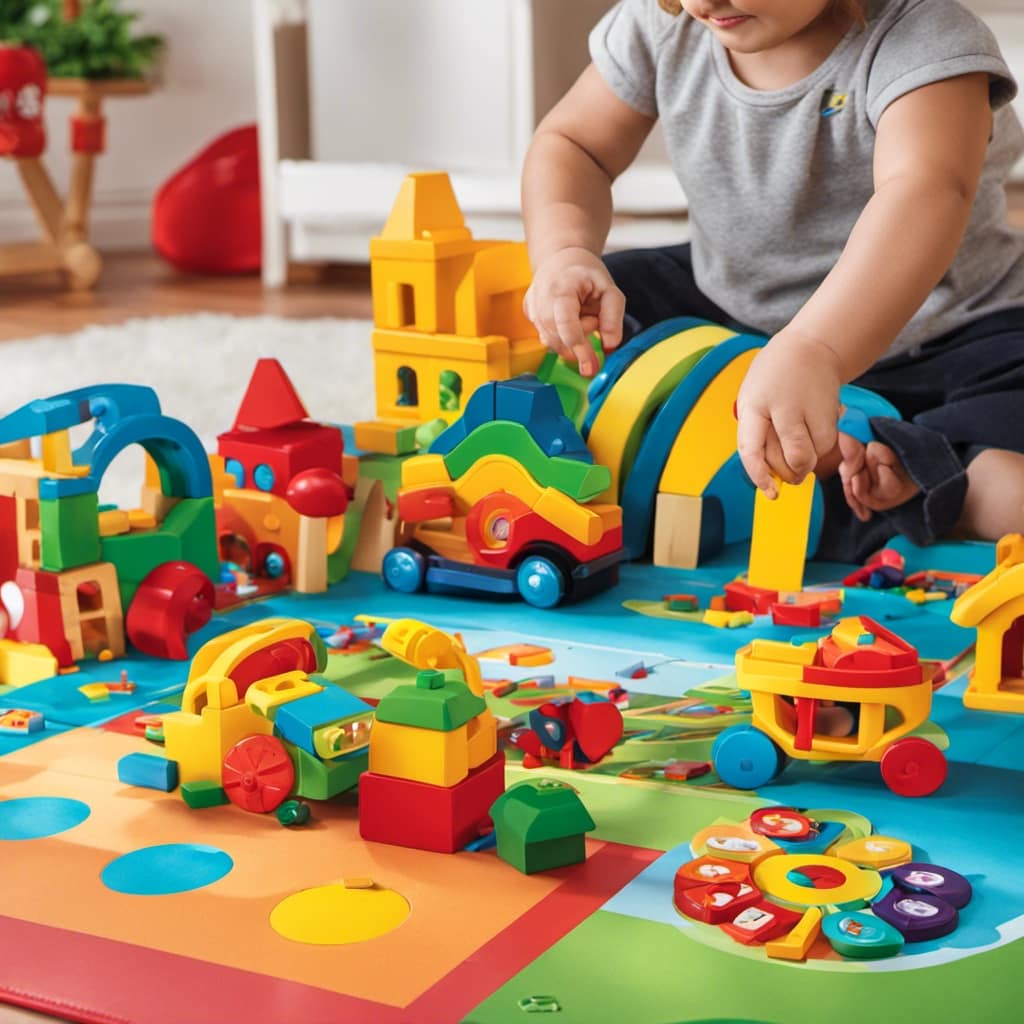
When it comes to outdoor play, ensuring that the equipment aligns with the age group is crucial for the safety and development of preschool children. Conducting a thorough risk assessment is the first step in determining the suitability of the equipment. This assessment should consider factors such as the height, stability, and potential hazards of the equipment.
Additionally, supervision requirements must be taken into account to ensure the safety of the children during playtime. The equipment should be easily visible and accessible for the supervisors to effectively monitor the children.
Safety Features to Look for
When selecting outdoor play equipment for preschool, it’s important to regularly inspect and maintain the safety features. Here are three key safety features to look for:
-
Impact resistance: Choose equipment that’s designed to withstand the impact of active play. Look for materials that are durable and can absorb shock, such as rubberized surfaces or foam padding. This will help minimize the risk of injuries from falls or collisions.

-
Secure anchoring: Ensure that the play equipment is securely anchored to the ground. Look for equipment that has proper anchoring systems, such as buried posts or concrete footings. This will prevent the equipment from tipping over or moving during play, reducing the risk of accidents.
-
Protective barriers: Check if the equipment has appropriate protective barriers in place. For example, slides should have high sides or guardrails to prevent children from falling off. Swings should have sturdy seats and chains with adequate spacing to prevent entanglement.
Material Selection
To choose the appropriate materials for outdoor play equipment in a preschool setting, it’s crucial to consider their durability and safety features. In addition to these factors, it’s important to also take into account the environmental impact and cost effectiveness of the materials.
When it comes to environmental impact, it’s best to opt for materials that are eco-friendly and sustainable. Look for equipment made from recycled materials or those that can be easily recycled at the end of their lifespan. This not only reduces waste but also teaches children about the importance of sustainability.

Cost effectiveness is another important consideration. While high-quality materials may come with a higher upfront cost, they tend to be more durable and require less maintenance, making them a better long-term investment.
It’s important to strike a balance between environmental impact and cost effectiveness when selecting materials for outdoor play equipment in a preschool setting.
Maintenance and Durability
Considering the importance of maintaining safe outdoor play equipment in a preschool setting, it’s essential to prioritize durability and regular upkeep. By ensuring that the equipment is well-maintained, you can extend its lifespan and provide a safe and enjoyable environment for the children.
Here are three key factors to consider when it comes to maintenance and durability:
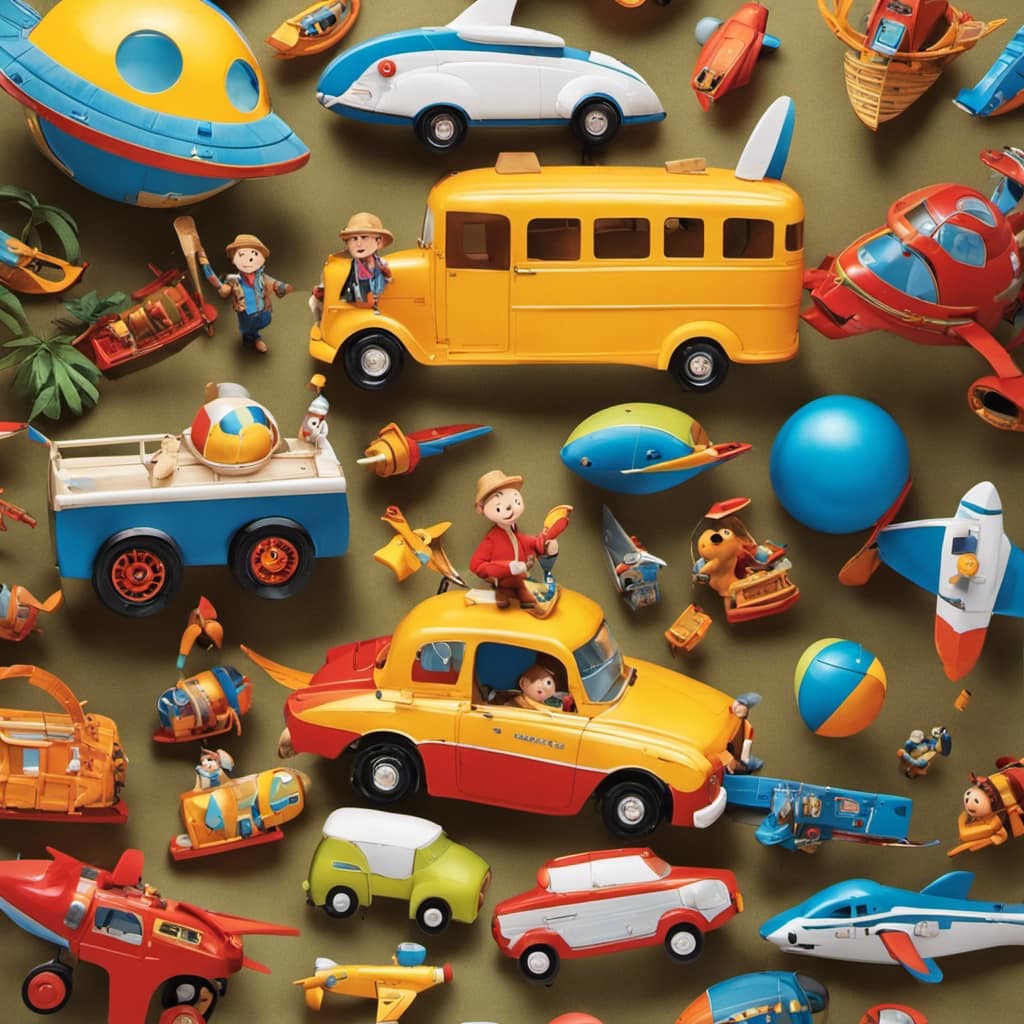
-
Quality Materials: Opt for play equipment made from durable materials such as stainless steel or high-density polyethylene. These materials are resistant to rust, corrosion, and fading, making them ideal for long-term use.
-
Regular Inspections: Conduct regular inspections to identify any signs of wear and tear, such as loose bolts, cracked surfaces, or frayed ropes. Addressing these issues promptly can prevent accidents and prolong the life of the equipment.
-
Proper Cleaning: Develop a cleaning schedule and use appropriate cleaning products to remove dirt, debris, and germs from the equipment. Regular cleaning not only maintains the aesthetics but also ensures the safety and hygiene of the children.
Investing in high-quality, well-maintained outdoor play equipment is a long-term investment that promotes the safety and development of the children in your preschool. Regular inspections and proper maintenance will help ensure that the equipment remains in top condition for years to come.
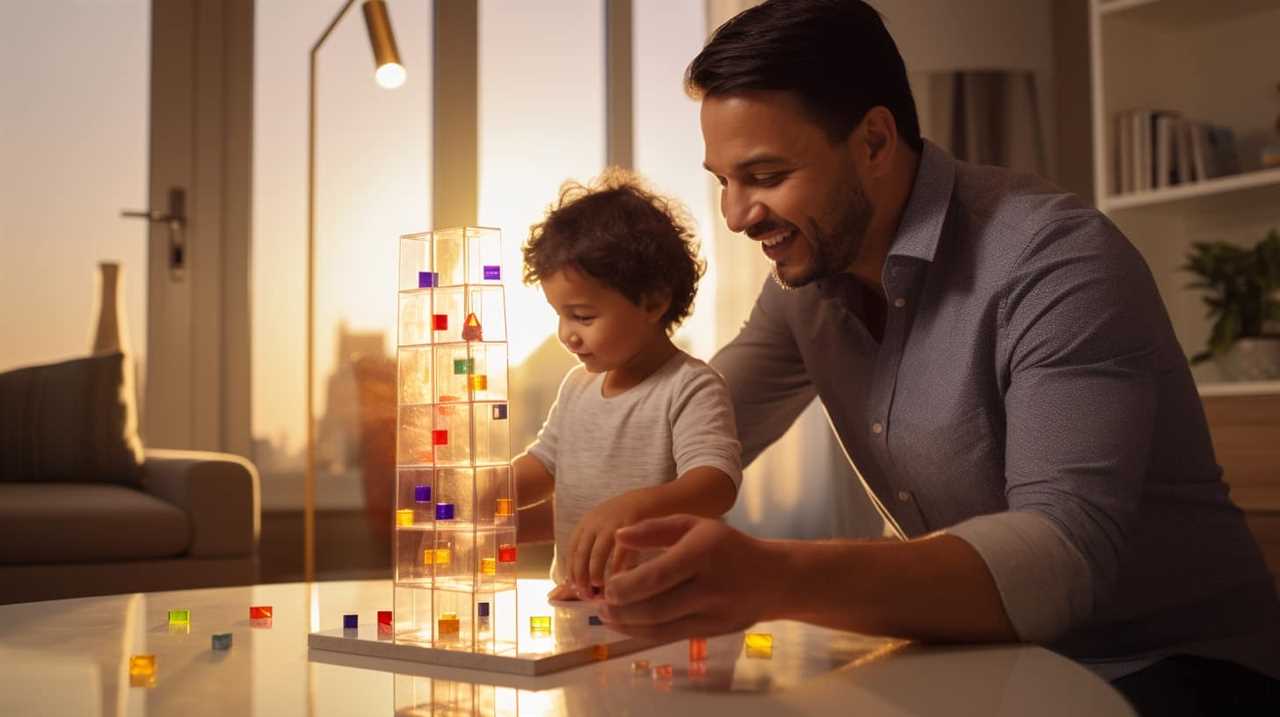
Consideration of Space and Location
Now, let’s delve into the important aspect of selecting outdoor play equipment for preschool – considering the available space and the ideal location for installation.
When choosing play equipment, it’s essential to consider the supervision requirements and accessibility considerations.
First, consider the supervision requirements. Ensure that the play equipment can be easily monitored by teachers or caregivers. Opt for equipment that allows for clear sightlines, minimizing blind spots where children could potentially get injured without immediate adult intervention. Additionally, consider the layout of the play area and how it can be organized to facilitate effective supervision.
Second, think about accessibility considerations. Ensure that the play equipment is accessible to all children, including those with disabilities or limited mobility. Choose equipment with ramps, handrails, and wide pathways to accommodate children with wheelchairs or other assistive devices. Additionally, consider the distance between the equipment and other structures to allow for easy movement and inclusion.
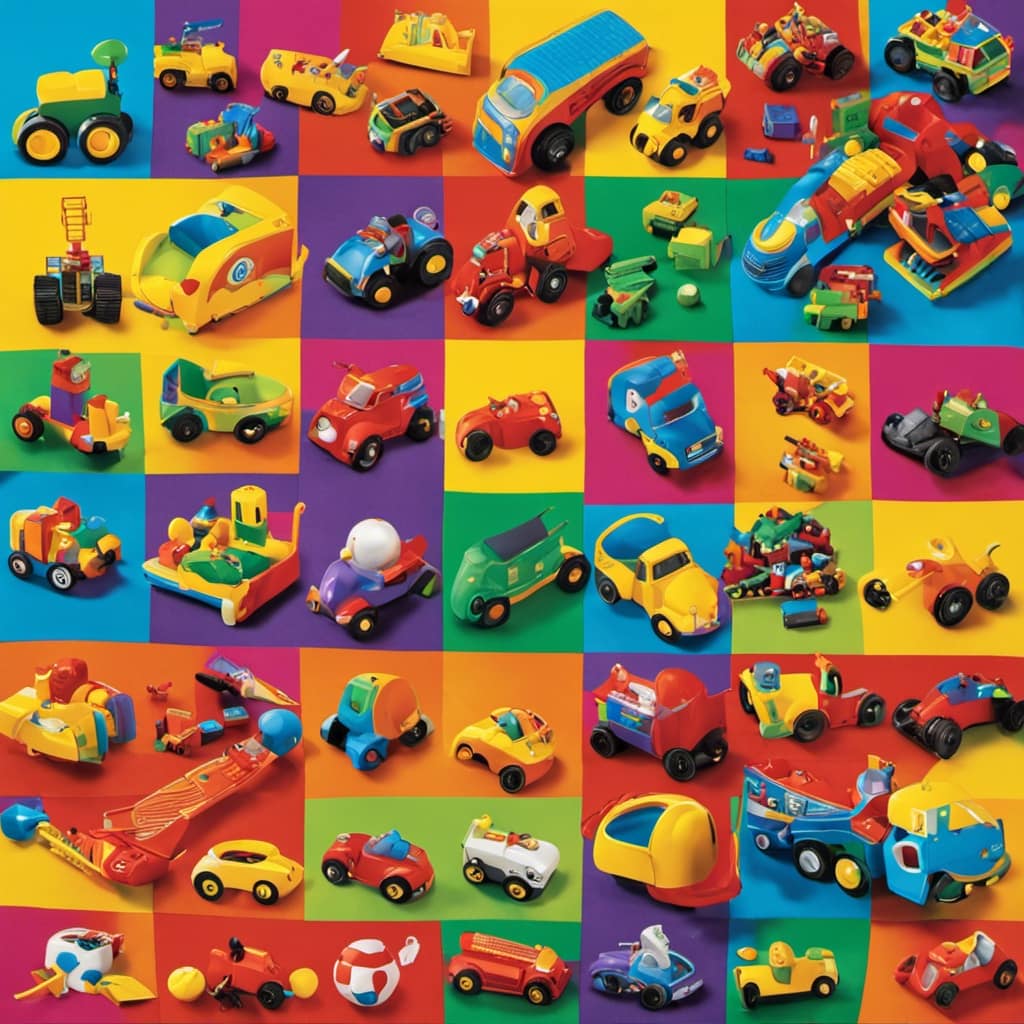
Frequently Asked Questions
Are There Any Specific Guidelines or Regulations for Outdoor Play Equipment in Preschools?
There are specific guidelines and regulations for outdoor play equipment in preschools to ensure safety. Supervision is important in outdoor play areas, and incorporating nature into outdoor play spaces has many benefits.
What Are Some Common Safety Hazards to Watch Out for in Outdoor Play Equipment?
When choosing outdoor play equipment for preschool, it’s important to be aware of common safety hazards like sharp edges and unstable structures. We should also consider guidelines and regulations, such as age appropriateness and adherence to ASTM standards.
Can Outdoor Play Equipment Be Customized or Modified to Meet Specific Safety Requirements?
Yes, outdoor play equipment can be customized or modified to meet specific safety requirements. There are various customization options available, such as adding safety features or adjusting equipment height, ensuring a safe and enjoyable play experience for preschool children.
How Often Should Outdoor Play Equipment Be Inspected for Maintenance and Repairs?
Regular equipment maintenance offers numerous benefits, such as prolonging the lifespan of outdoor play equipment and ensuring the safety of preschoolers. By inspecting for signs of wear and tear, we can identify potential hazards and address them promptly.
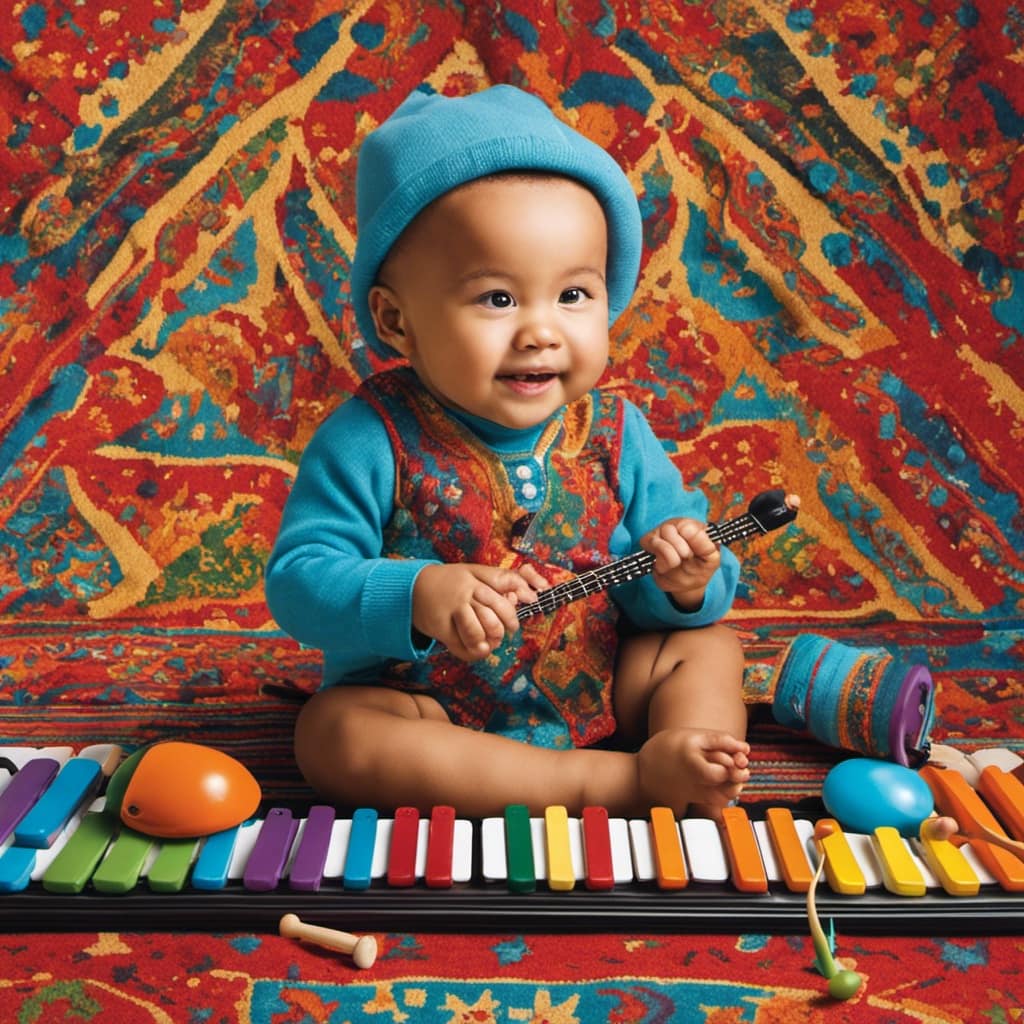
What Is the Ideal Ratio of Outdoor Play Equipment to the Number of Children in a Preschool?
When it comes to the ideal ratio of outdoor play equipment to the number of children in a preschool, safety should be a top priority. It’s important to ensure that there is enough equipment to accommodate all the children and promote their physical and cognitive development. Additionally, outdoor play offers numerous benefits, such as improved gross motor skills, social interaction, and creativity.
Conclusion
In conclusion, when it comes to selecting safe outdoor play equipment for preschool, it’s crucial to prioritize age-appropriate options and consider safety features.
Additionally, carefully choose materials that are durable and require minimal maintenance.
Lastly, take into account the space and location to ensure the equipment fits well and promotes a safe and enjoyable play environment.

By following these guidelines, we can create a secure and engaging outdoor play area for our little ones.
Mila, a gifted writer with a heart brimming with enthusiasm for child development and playful learning, is the creative force behind the enchanting narratives and insightful articles that grace Toddler Ride On Toys. With a background in early childhood education and a genuine passion for nurturing young minds, Mila weaves words that captivate, educate, and inspire parents, caregivers, and educators.
Preschool Toys
6 Best Safe and Entertaining Board Games for Preschoolers

Ideas for Discussion:
-
Are there any educational benefits to playing board games for preschoolers?
-
How can board games help in developing social skills and problem solving abilities in preschoolers?
-
Importance of clear and concise instructions for preschoolers in board games.

-
Benefits of board games in developing cognitive skills in preschoolers
Are you ready to embark on a journey of fun and learning with your little ones? Look no further! We’ve handpicked the 6 best board games for preschoolers that are both safe and entertaining.
Get ready to dive into a world of classic games, cooperative adventures, memory challenges, strategy puzzles, educational quests, and interactive play. These games are designed to engage young minds and promote critical thinking skills.
Let’s explore the wonders of board games together!
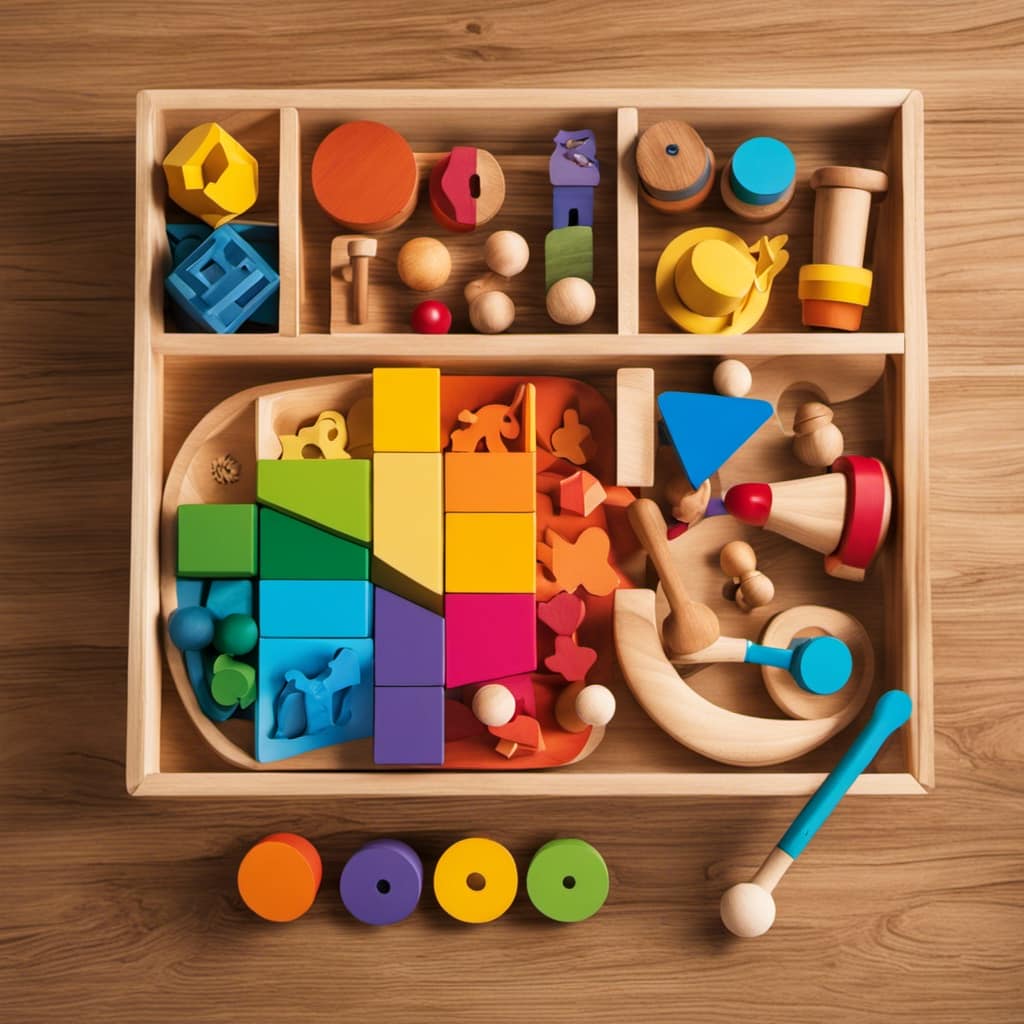
Key Takeaways
- Classic board games like Candy Land, Chutes and Ladders, and Hi Ho! Cherry-O are engaging and educational for preschoolers, teaching essential skills like counting, color recognition, and turn-taking.
- Cooperative games like Race to the Treasure, Hoot Owl Hoot, Outfoxed!, and Stone Soup encourage strategic thinking, cooperation, and social skills.
- Memory and matching games, such as Memory, help develop memory, concentration, and cognitive abilities.
- Strategy and problem-solving games like Memory Match, Connect Four, Puzzles, and Guess Who? enhance critical thinking, deductive reasoning, and problem-solving skills in preschoolers.
Classic Board Games
We love playing classic board games with our preschoolers. Not only are they engaging and educational, but they also provide endless hours of fun for the whole family.
Classic board games like Candy Land, Chutes and Ladders, and Hi Ho! Cherry-O are perfect for teaching young children essential skills such as counting, color recognition, and turn-taking. These games also help develop their fine motor skills as they move their game pieces and make decisions.
The bright colors, simple rules, and familiar characters make these classic board games appealing and accessible to young children. Playing these games together as a family not only strengthens the bond between parents and children but also fosters important social skills like patience, sharing, and sportsmanship.
Transitioning to cooperative games will further enhance their teamwork and problem-solving abilities.
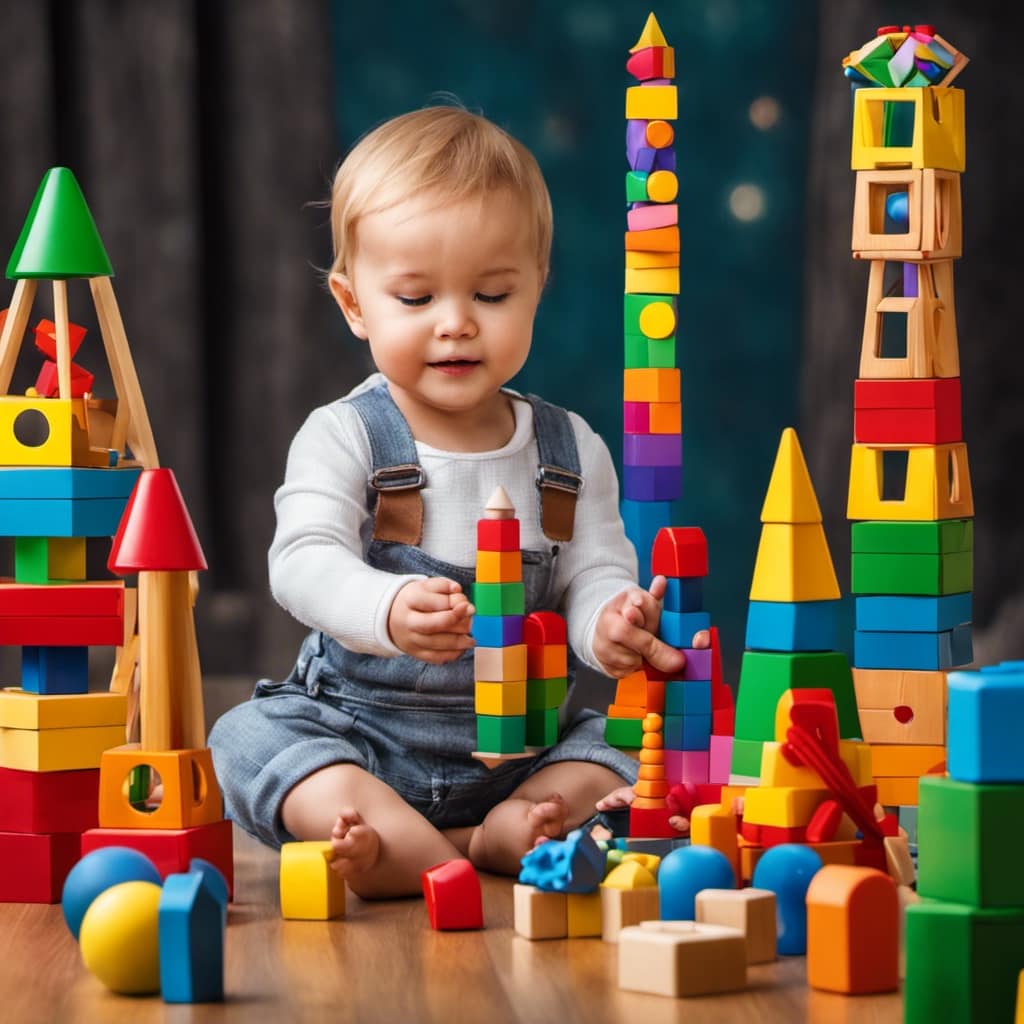
Cooperative Games
For cooperative games, we can explore a variety of options that promote teamwork and problem-solving skills while engaging our preschoolers in a safe and entertaining way. Here are four great choices:
-
Race to the Treasure: In this game, players work together to create a path and collect keys before the ogre reaches the treasure. It encourages strategic thinking and cooperation.
-
Hoot Owl Hoot: This game helps build social skills as players work together to help the owls fly back to their nest before the sun rises. It teaches color recognition and counting.
-
Outfoxed!: In this detective game, players work together to solve the mystery of who stole Mrs. Plumpert’s prized pot pie. It encourages critical thinking and deductive reasoning.
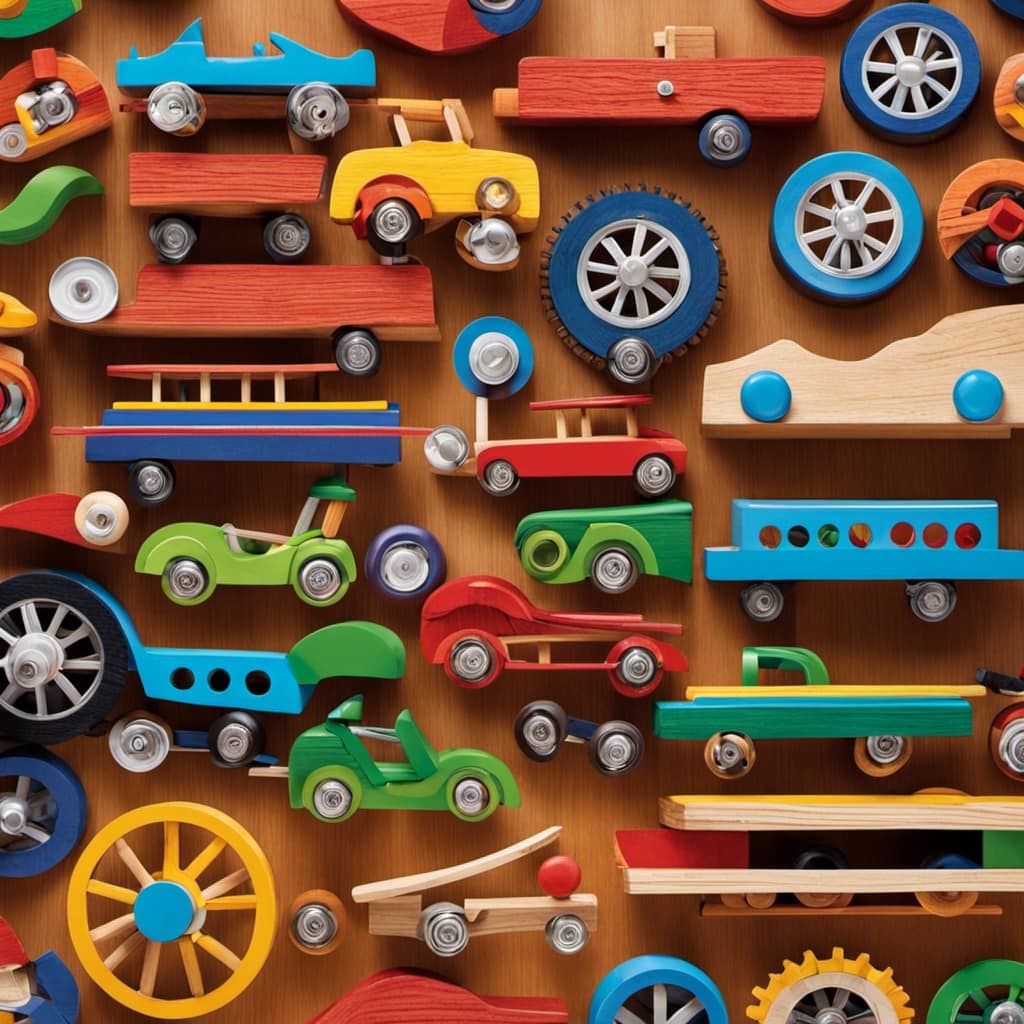
-
Stone Soup: Based on the classic folktale, this game promotes collaboration as players work together to make a delicious soup by collecting ingredients. It teaches sharing and cooperation.
These cooperative games not only provide fun and entertainment but also help preschoolers develop important team-building activities and social skills.
Memory and Matching Games
When it comes to memory and matching games for preschoolers, one popular option is the classic game of Memory. This game isn’t only entertaining but also helps develop crucial skills such as memory and concentration. It requires players to flip over cards and try to find matching pairs. By doing so, children are exercising their visual recognition and recall abilities. They need to remember where they saw different cards and use that information to make matches.
This game is a great way to improve memory skills while having fun. As preschoolers play Memory, they’re honing their ability to focus, pay attention to details, and remember information, all of which are important for their overall cognitive development.
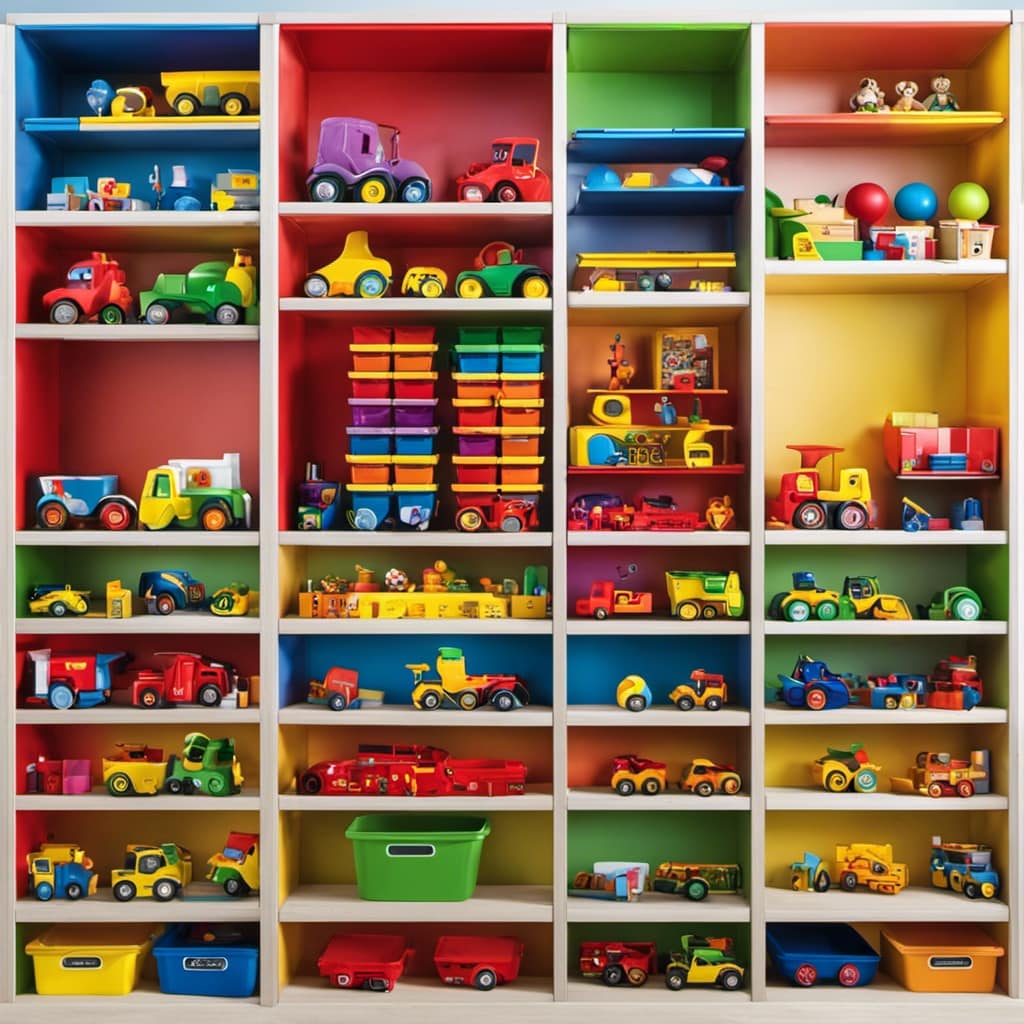
Strategy and Problem-Solving Games
Hey there, fellow parents and caregivers! Now that we’ve covered memory and matching games, let’s turn our attention to strategy and problem-solving games for our little ones.
These types of games aren’t only super fun, but they also help develop early cognitive skills and provide engaging learning experiences.
Early Cognitive Development
We love introducing our preschoolers to strategy and problem-solving games that promote their early cognitive development. These games not only provide hours of fun but also help them develop important skills that will benefit them for years to come.
Here are four fantastic games that can enhance their early problem-solving skills and support their developmental milestones:
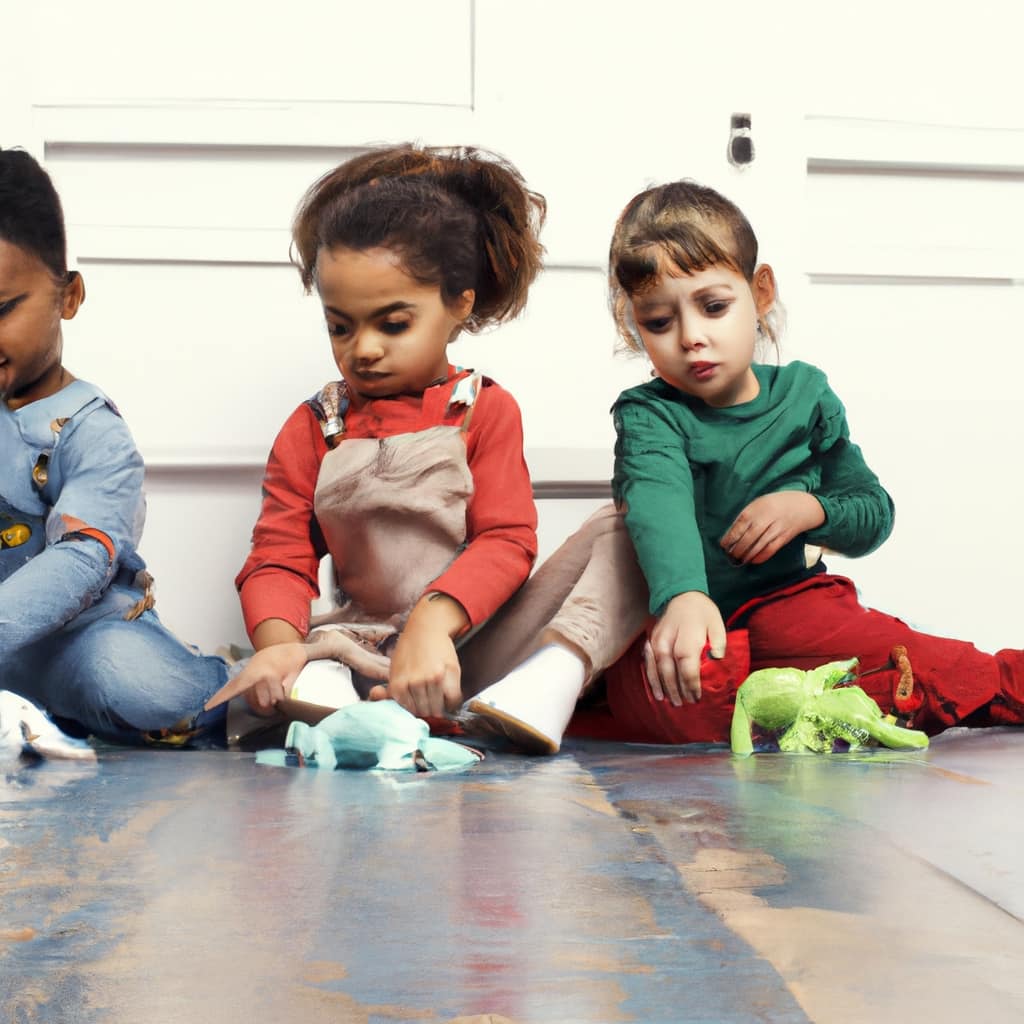
-
Memory Match: This classic game helps preschoolers improve their memory and concentration as they try to match pairs of cards.
-
Connect Four: This game teaches strategic thinking and planning as preschoolers aim to connect four of their colored pieces in a row.
-
Puzzles: Completing puzzles helps preschoolers develop problem-solving skills, spatial awareness, and hand-eye coordination.
-
Guess Who?: This game encourages critical thinking and deductive reasoning as preschoolers ask questions to eliminate potential characters and guess who their opponent has chosen.
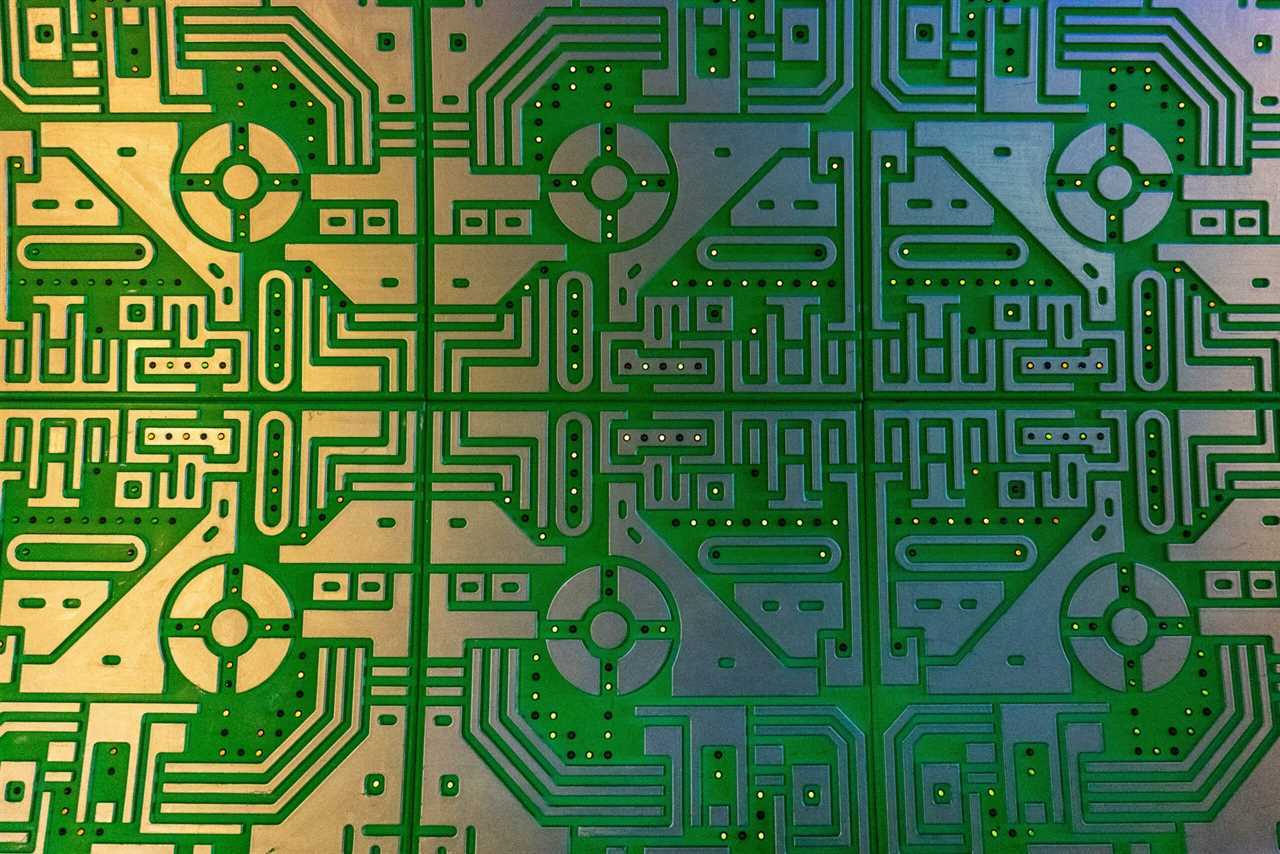
Fun Learning Experiences
Continuing our exploration of early cognitive development, let’s dive into the fun learning experiences provided by strategy and problem-solving games for preschoolers. These interactive play activities aren’t only entertaining but also promote hands-on learning, allowing children to develop critical thinking and problem-solving skills.
One such game is ‘Memory Match,’ where players flip cards over to find matching pairs. This game enhances memory and concentration while providing a challenging and enjoyable experience.
Another great option is ‘Block by Block,’ a puzzle game that involves arranging blocks to form specific shapes. This game helps children develop spatial awareness and logical thinking as they strategize to complete each puzzle.
Lastly, ‘Counting Caterpillar’ is a counting and sequencing game that teaches preschoolers numbers and order. By moving the caterpillar along the board, children practice counting and learn to follow sequential patterns.
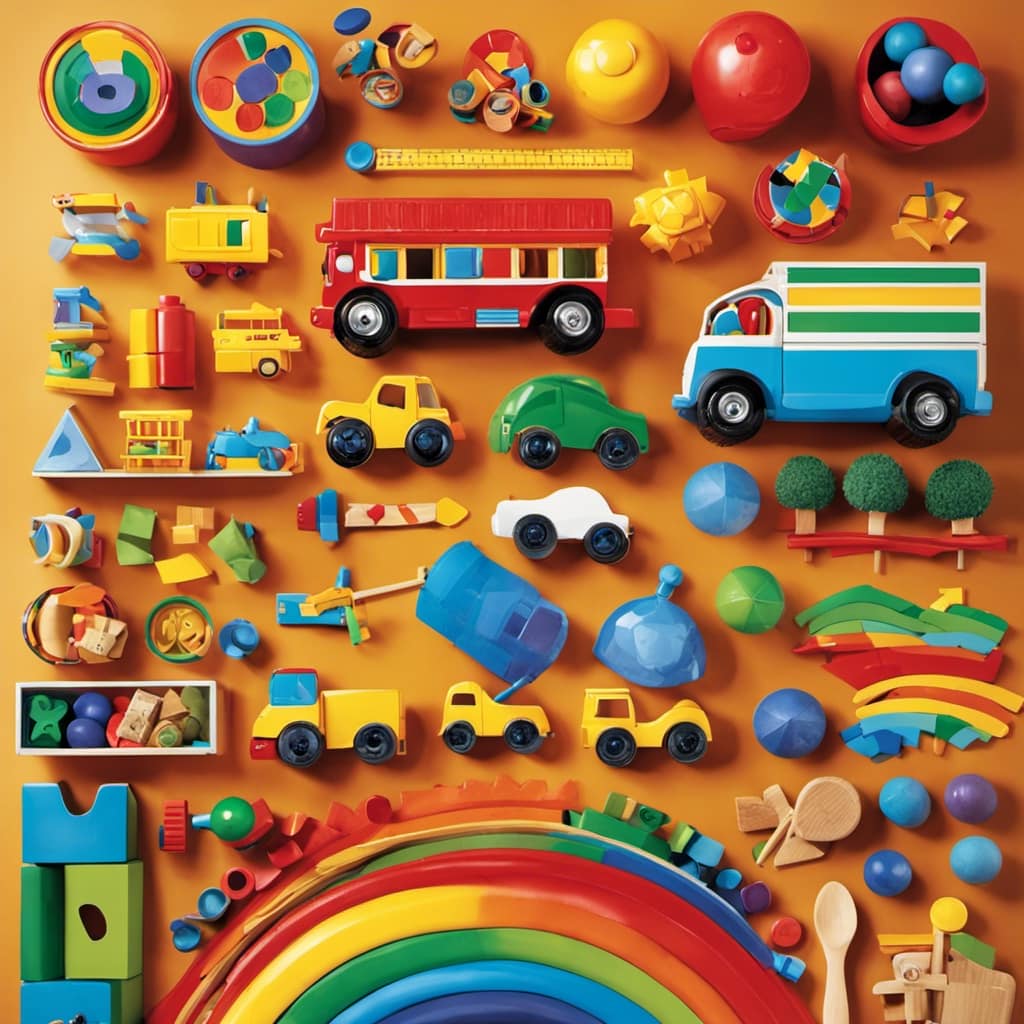
Through these strategy and problem-solving games, preschoolers can engage in interactive play and experience hands-on learning, fostering their cognitive development in a fun and stimulating way.
Educational and Learning Games
Let’s talk about the benefits of educational games for preschoolers!
These games provide interactive learning experiences that engage young minds and help them develop important skills.
Not only are they fun and entertaining, but they also offer valuable educational content that can support early childhood development.
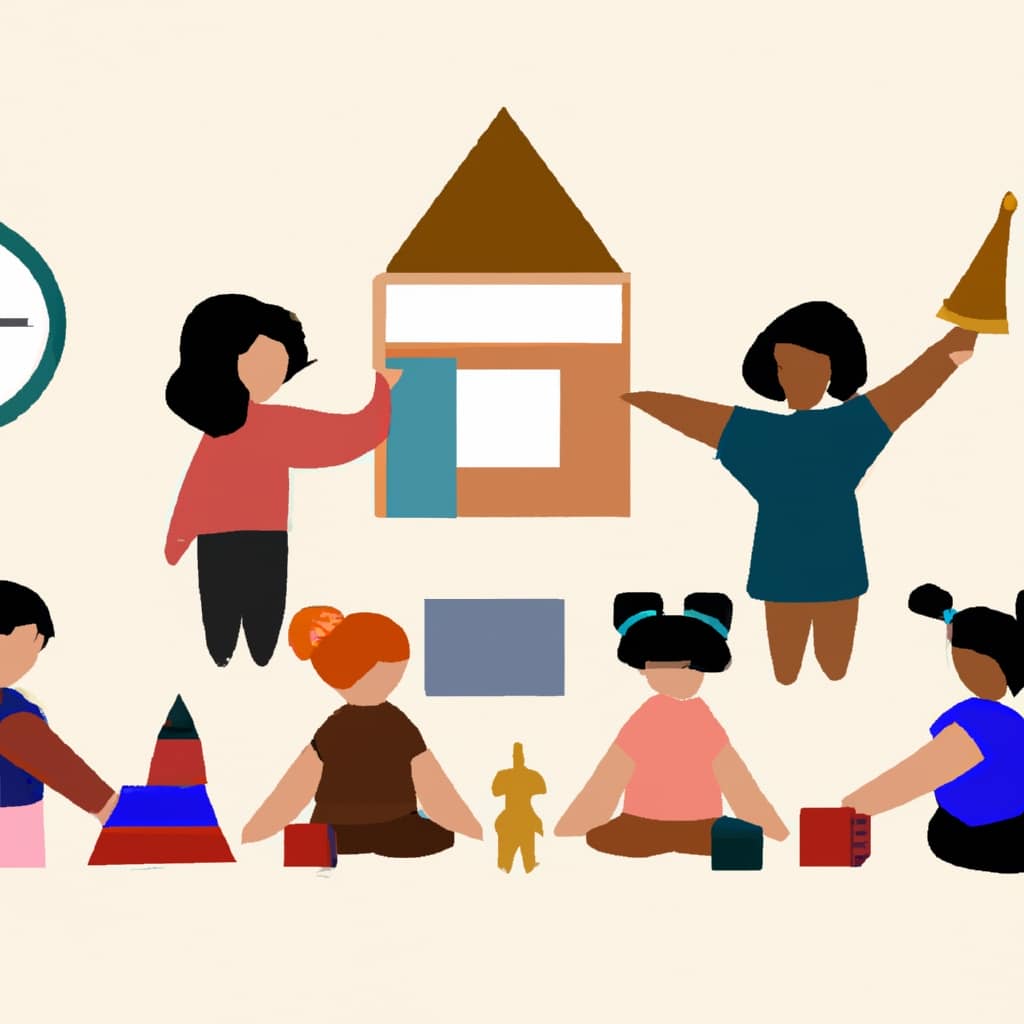
Benefits of Educational Games
Educational games offer a fun and interactive way for preschoolers to learn and develop important skills. Here are four benefits of play-based education:
-
Cognitive Development:
Educational games help preschoolers improve their problem-solving, critical thinking, and decision-making skills. Through interactive learning activities, they learn to analyze situations, make connections, and think creatively. -
Language and Communication Skills:
Playing educational games encourages children to express themselves verbally, ask questions, and engage in conversations. They learn new words, enhance their vocabulary, and develop better communication skills. -
Social and Emotional Development:
By playing games with others, preschoolers learn important social skills such as taking turns, sharing, and cooperating. They also develop empathy, patience, and resilience, which are crucial for building positive relationships.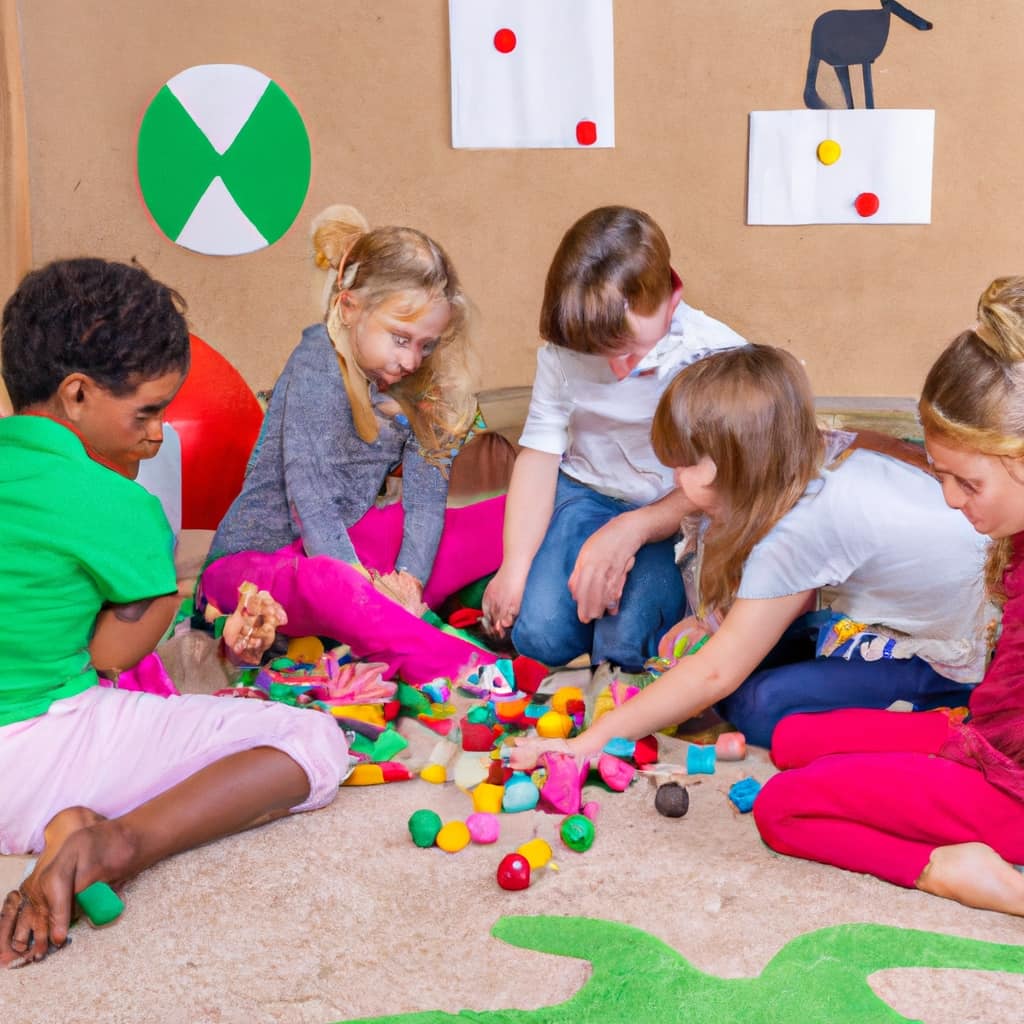
-
Fine and Gross Motor Skills:
Many educational games involve physical movements, which help preschoolers improve their coordination, balance, and motor skills. Whether it’s stacking blocks or throwing a beanbag, these activities promote physical development while learning.
Interactive Learning Experiences
We can enhance our preschoolers’ learning experiences through interactive educational and learning games. By providing hands-on activities and incorporating multi-sensory learning, we can create engaging experiences that promote mastery and understanding.
These games allow children to actively participate and manipulate objects, fostering their cognitive development and problem-solving skills. Through tactile exploration, they can learn about shapes, colors, numbers, and letters. For example, games that involve building blocks or puzzles can help develop their fine motor skills and spatial awareness.
Additionally, interactive games that incorporate sound and music can engage their auditory senses, while games that involve movement can promote physical development.

Engaging and Educational
Continuing our exploration of interactive learning experiences, we can now delve into the realm of engaging and educational board games for preschoolers. These games not only provide fun and interactive activities for young children but also offer hands-on learning experiences.
Here are four exceptional options to consider:
-
ABC Bingo: This game combines the excitement of bingo with alphabet recognition. Kids will have a blast matching letters to the corresponding images on their bingo cards.
-
Counting Caterpillars: In this game, children can practice counting and number recognition as they move their caterpillar along the board. The colorful illustrations and tactile pieces make learning numbers enjoyable.
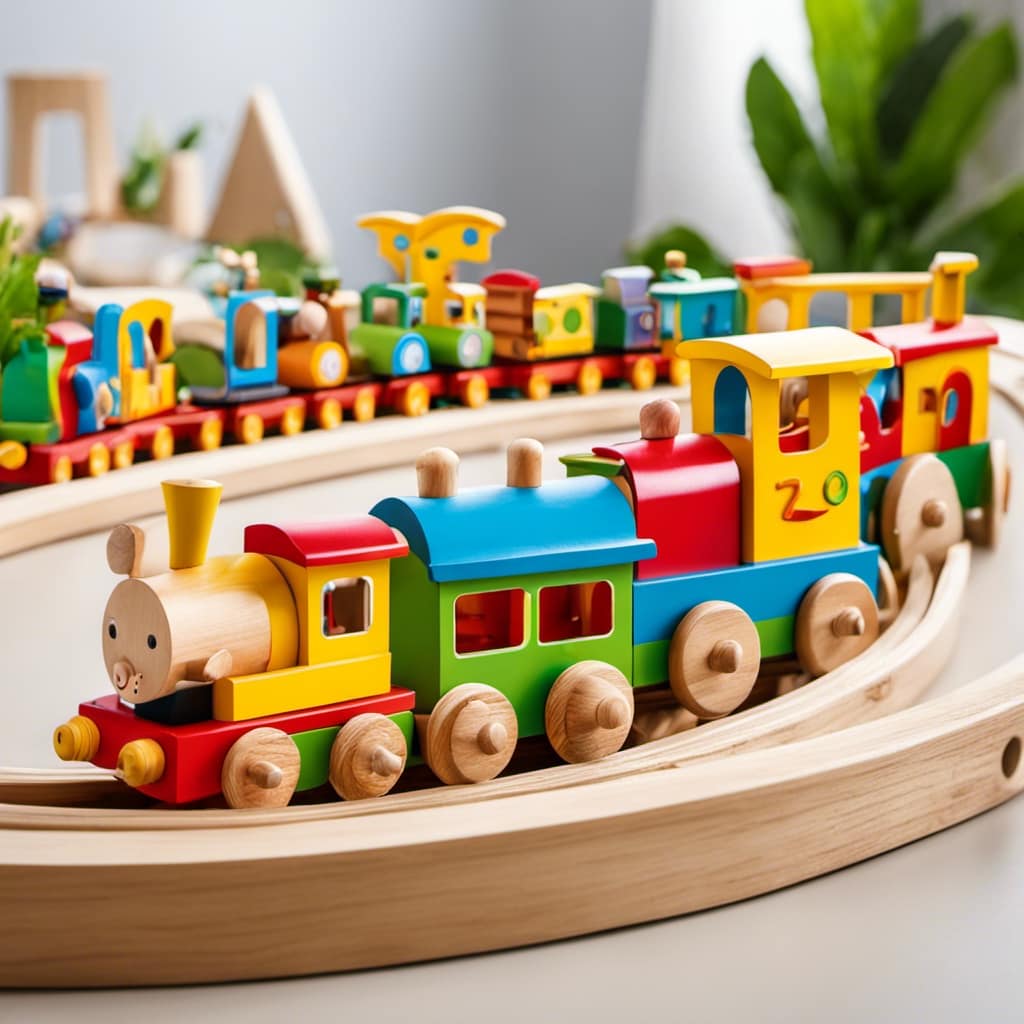
-
Shape Sorter Surprise: This game introduces shapes and spatial reasoning skills. Kids can learn to identify and match different shapes as they place them in the correct slots.
-
Sight Word Safari: Designed to improve reading skills, this game helps preschoolers recognize and memorize common sight words. They’ll embark on an exciting safari adventure while learning essential reading skills.
These engaging and educational board games provide a perfect balance of fun and learning, ensuring that preschoolers have a blast while developing important foundational skills.
Interactive and Engaging Games
Interactive and engaging games bring preschoolers together for fun and laughter while promoting active participation and social interaction. These games not only entertain but also provide hands-on learning opportunities and encourage multiplayer engagement.
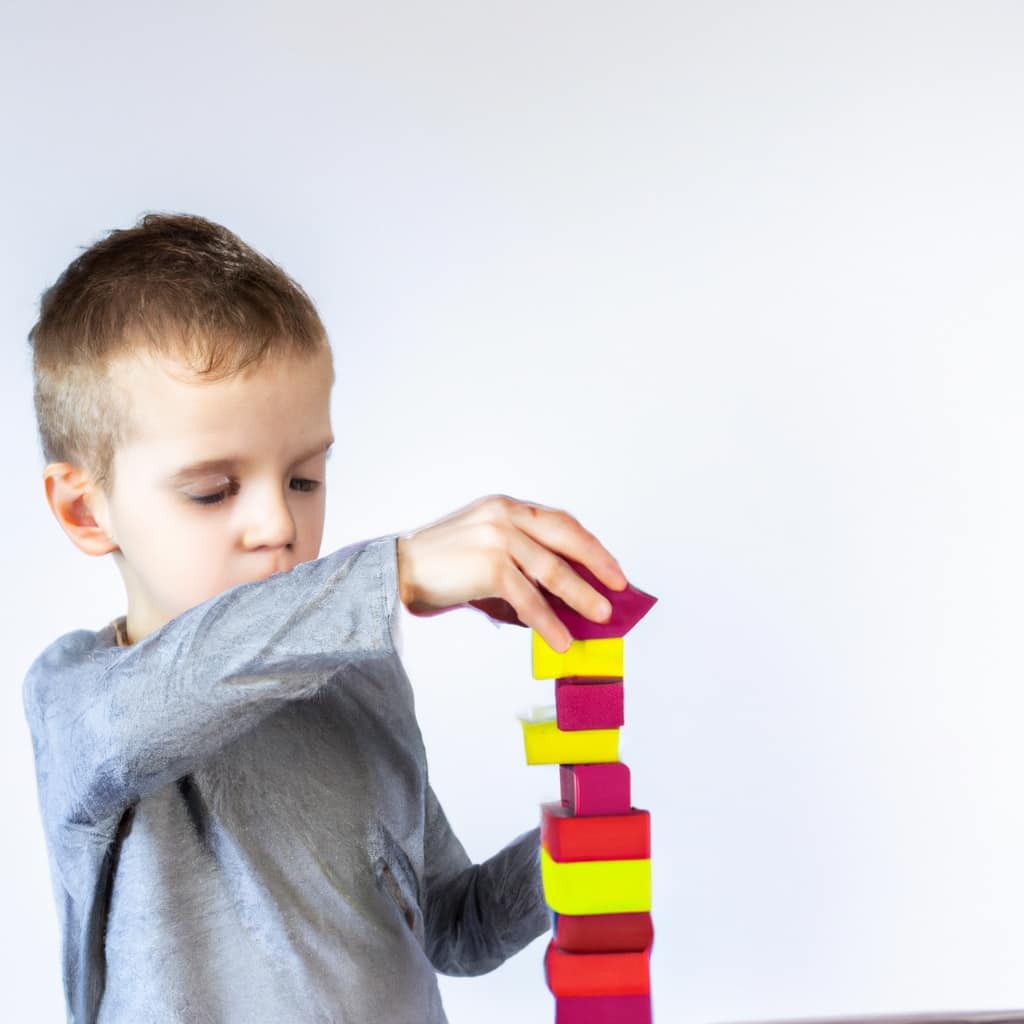
One great example of an interactive and engaging game is "The Floor is Lava." In this game, children have to imagine that the floor is made of lava and try to navigate through the room without touching it. This game promotes physical activity, imaginative play, and problem-solving skills as children strategize how to move from one point to another.
Another exciting game is "Simon Says." This classic game challenges children to follow instructions given by the leader, enhancing their listening skills and gross motor coordination. It also encourages social interaction as children take turns being the leader and issuing commands.
Additionally, "Duck Duck Goose" is a game that promotes social interaction and enhances cognitive skills. Children sit in a circle, and one child walks around tapping their peers’ heads, saying "duck." When they choose someone to be the "goose," that person must chase them around the circle before they can take their seat. This game teaches children about turn-taking, decision-making, and spatial awareness.
| Game Name | Skills Developed | Benefits |
|---|---|---|
| The Floor is Lava | Physical activity, imaginative play, problem-solving skills | Promotes physical activity and imaginative play while developing problem-solving skills. |
| Simon Says | Listening skills, gross motor coordination, social interaction | Enhances listening skills and gross motor coordination while encouraging social interaction. |
| Duck Duck Goose | Social interaction, turn-taking, decision-making, spatial awareness | Enhances social interaction and cognitive skills while teaching turn-taking, decision-making, and spatial awareness. |
Frequently Asked Questions
Are These Board Games Suitable for Children of Different Ages, or Are They Specifically Designed for Preschoolers?
These board games are suitable for children of different ages and are specifically designed for preschoolers. They offer educational benefits, helping to develop social skills and problem-solving abilities in a fun and engaging way.
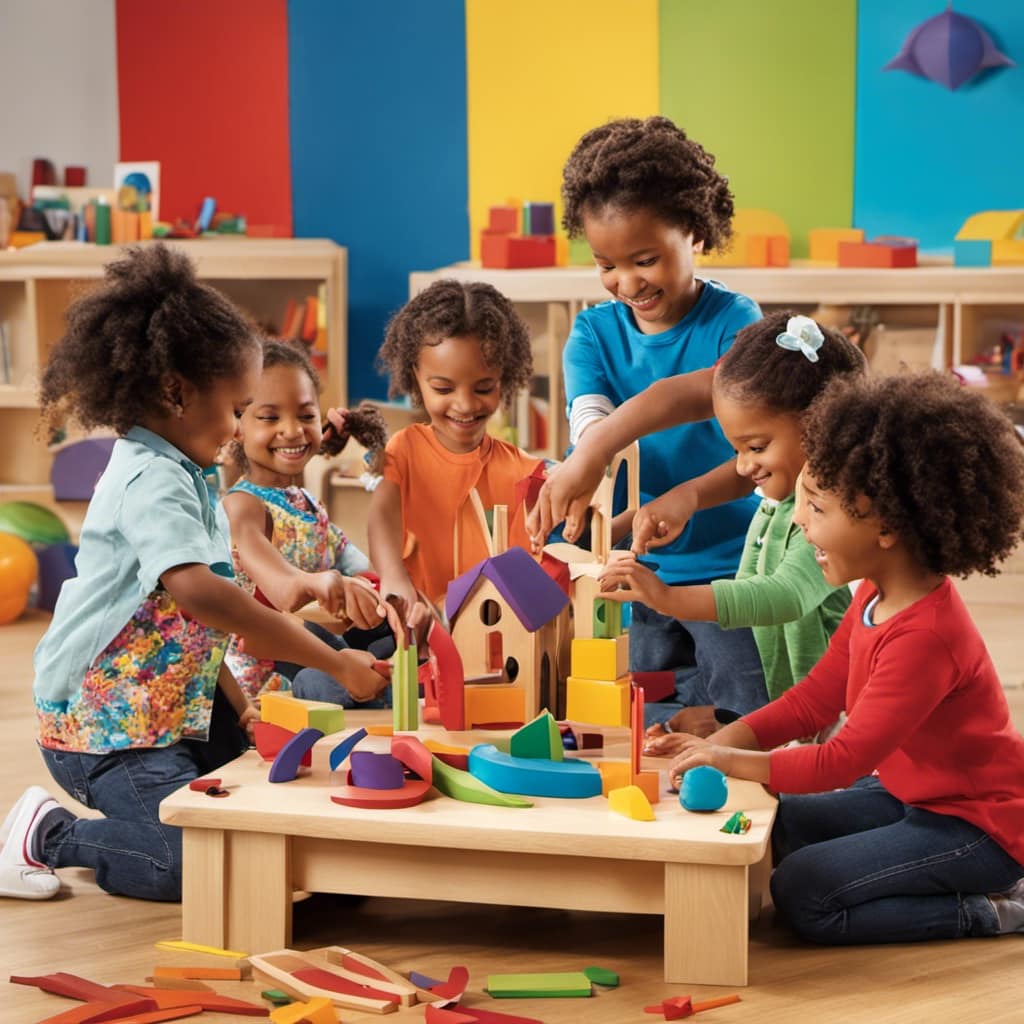
Can These Board Games Be Played by a Single Child, or Do They Require Multiple Players?
Board games for preschoolers can be played solo or with others. Solo play offers benefits like fostering independence and problem-solving skills. To adapt multiplayer games for solo play, modify rules or create imaginary players.
Do These Board Games Come With Age-Appropriate Rules and Instructions That Preschoolers Can Understand?
Yes, these board games come with age-appropriate rules and instructions that preschoolers can easily understand. Clear and concise instructions are important for their learning and cognitive development. It’s beneficial for them to play these games.
Are the Components of These Board Games Safe for Young Children, Such as Small Pieces That Can Be a Choking Hazard?
Yes, the components in these board games are safe for young children. We prioritize their safety by ensuring no small pieces that could be a choking hazard.
Can These Board Games Be Easily Transported and Played On-The-Go, Such as During Family Trips or Vacations?
Yes, these board games can be easily transported and played on-the-go during family trips or vacations. It’s a great way to keep preschoolers entertained and enhance their cognitive skills while traveling.
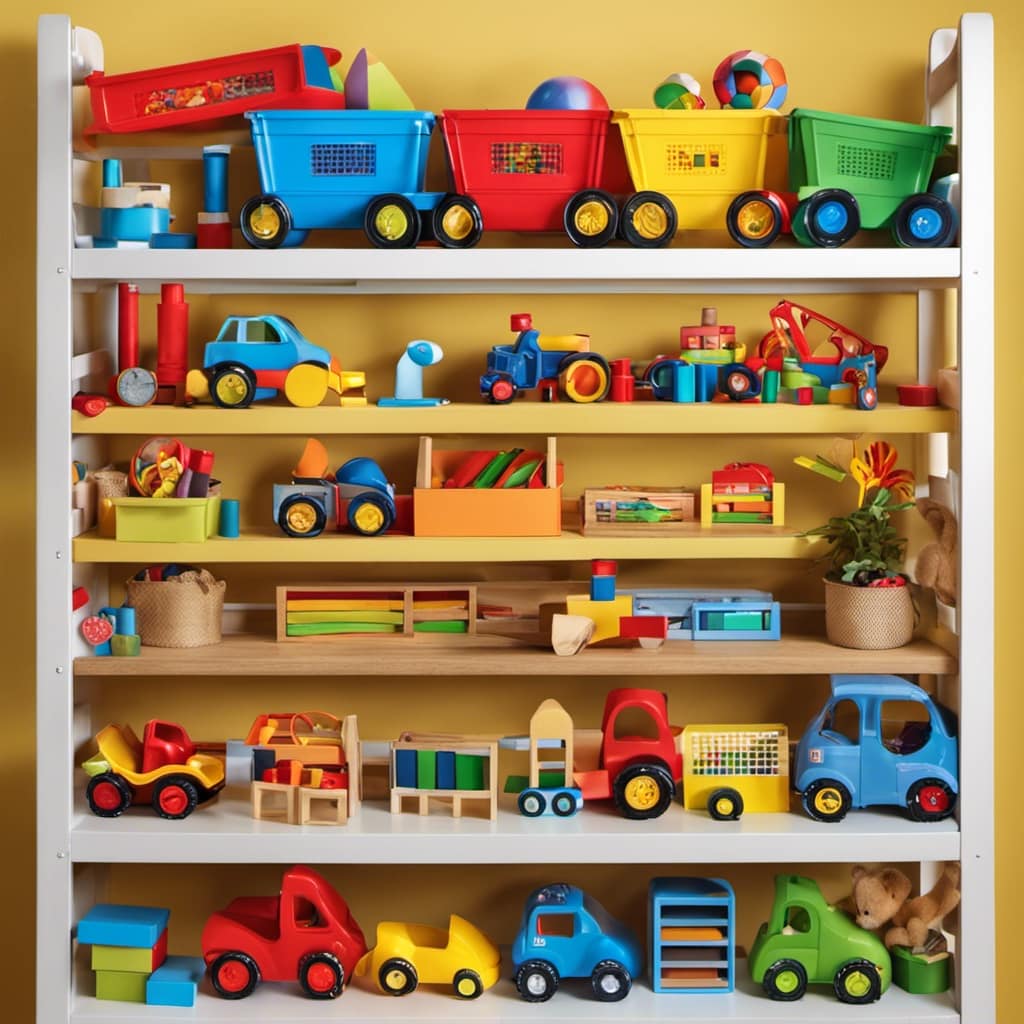
Conclusion
In conclusion, board games can be a fantastic way to entertain and educate preschoolers.
Did you know that playing board games can improve children’s critical thinking skills by 32%?
By engaging in classic board games, cooperative games, memory and matching games, strategy and problem-solving games, educational and learning games, and interactive and engaging games, preschoolers can have a blast while developing important cognitive abilities.
So gather around the table and let the fun and learning begin!
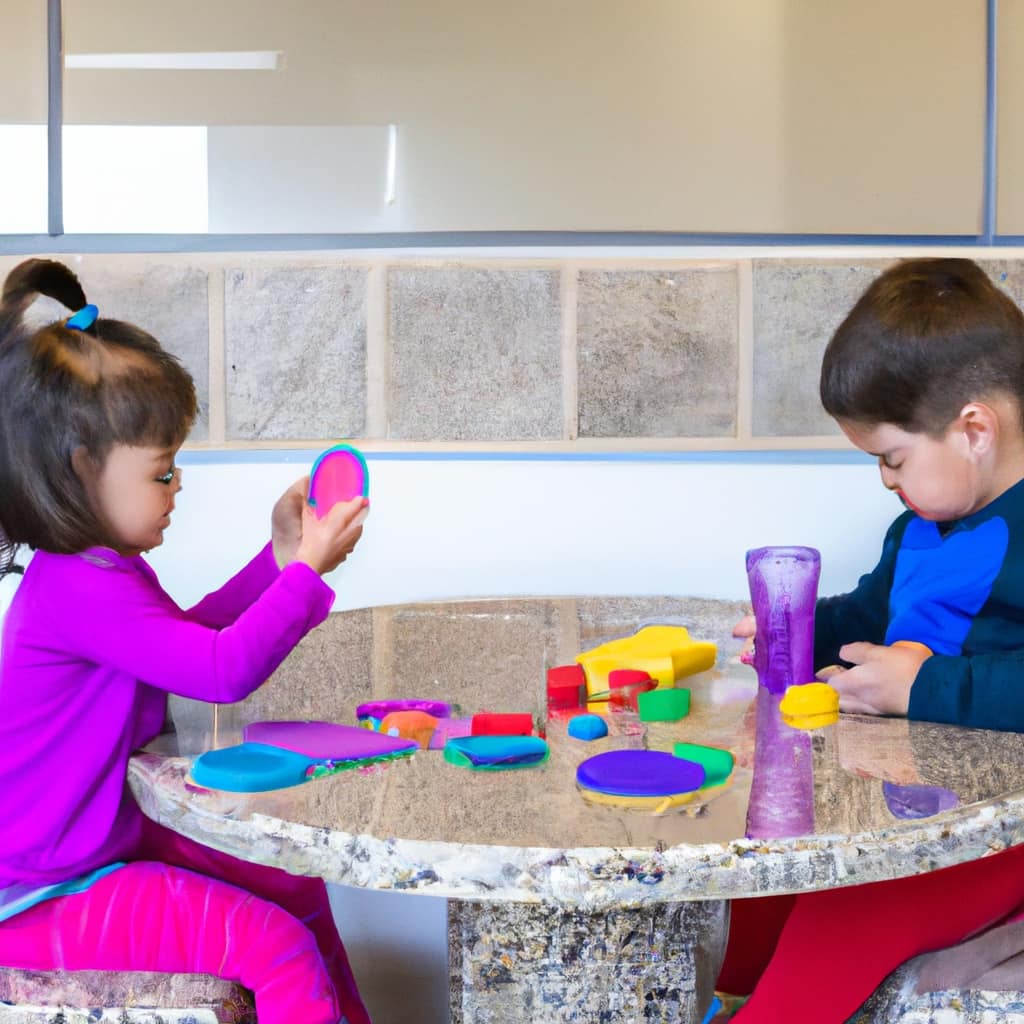
Mila, a gifted writer with a heart brimming with enthusiasm for child development and playful learning, is the creative force behind the enchanting narratives and insightful articles that grace Toddler Ride On Toys. With a background in early childhood education and a genuine passion for nurturing young minds, Mila weaves words that captivate, educate, and inspire parents, caregivers, and educators.
Preschool Toys
5 Best Preschool STEM Toy Reviews for Education
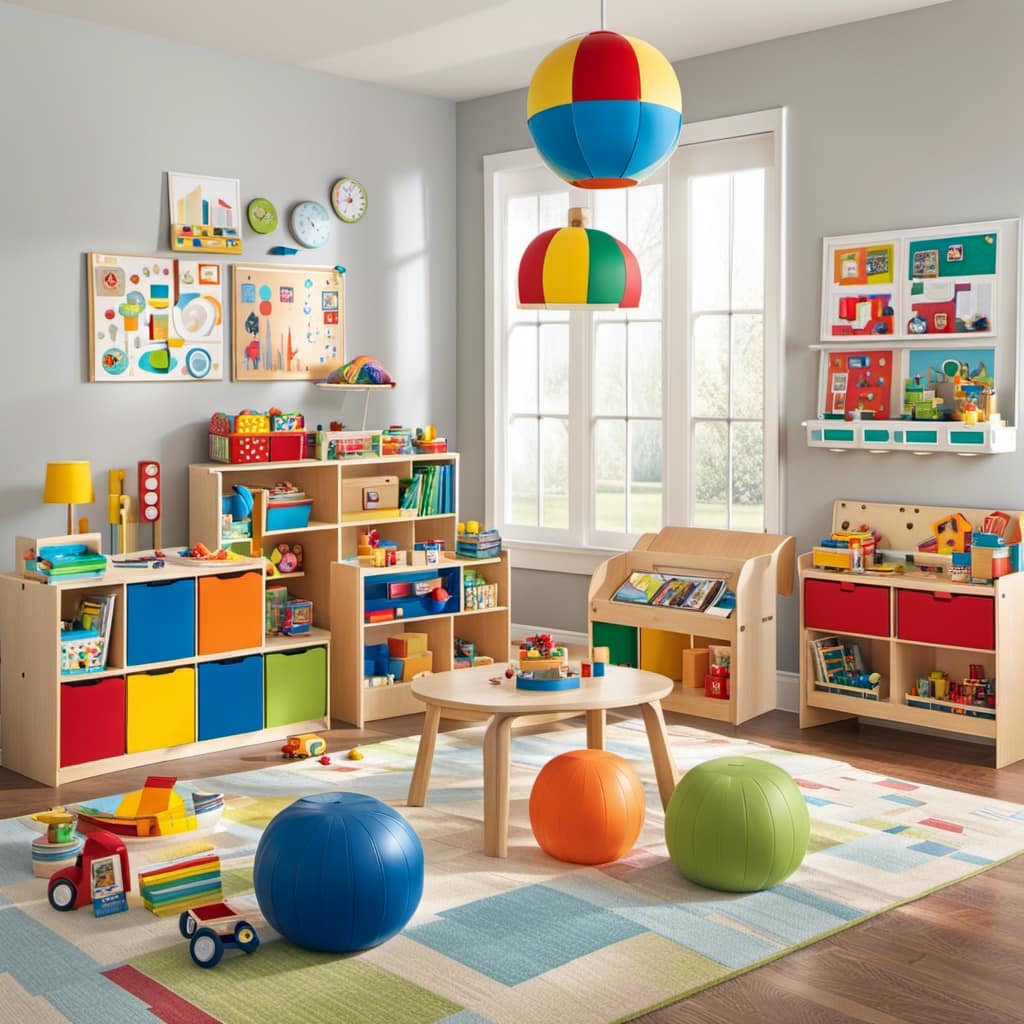
Are you asking yourself, “Can preschoolers really benefit from STEM learning?”
Absolutely! Let us assure you that they can indeed benefit greatly!
Introducing STEM concepts at a young age can lay a strong foundation for future success.
That’s why we have put together a list of the top 5 STEM toys for preschoolers to help them on their educational path.
These toys are created to engage children’s interest while developing skills in critical thinking, problem-solving, and creativity.
Get ready to inspire the scientist, engineer, and mathematician in your child with these amazing toys.
Key Takeaways
- Preschool STEM toys enhance cognitive development, foster problem-solving skills, promote critical thinking, and develop creativity and imagination.
- These toys lay the foundation for future STEM learning, develop early math skills, encourage scientific exploration, and enhance spatial awareness.
- Preschool STEM toys also promote fine motor skills and build a strong foundation for future academic success.
- When choosing these toys, it is important to consider age appropriateness, safety features, durability, educational value, and engaging and interactive design.
Magnetic Building Blocks
In our review of the best preschool STEM toys for education, we found that magnetic building blocks offer a hands-on and engaging way for young children to explore the principles of magnetism and construction.
Magnetic building techniques involve using blocks with embedded magnets that attract and repel each other, allowing children to create structures that defy gravity. These toys not only teach basic concepts of magnetism and physics, but also promote problem-solving skills, spatial awareness, and fine motor development.
The benefits of magnetic toys in early childhood development are numerous. They foster creativity, imagination, and critical thinking as children experiment with different combinations and designs. Moreover, these toys encourage collaboration and communication among peers, promoting social and emotional growth.

Magnetic building blocks are an excellent addition to any preschool STEM curriculum, providing a fun and educational experience for young learners.
Coding Robot Kits
Coding robot kits are a fantastic addition to any preschool STEM curriculum. These kits provide an interactive and hands-on way for young learners to explore robotics programming and AI learning. By engaging in coding activities, children develop critical thinking, problem-solving, and computational skills. They learn to sequence commands, debug errors, and create algorithms, all while having fun with their robot companions.
Robotics programming in preschool helps children understand the basics of coding and logic. They can program their robots to move, dance, or even play games. This hands-on experience not only sparks their interest in technology but also fosters creativity and imagination. Additionally, coding robot kits often incorporate AI learning, allowing children to interact with their robots and learn from their responses.
The integration of coding robot kits into preschool STEM education is a valuable tool for preparing children for the future. It introduces them to the concepts of robotics programming and AI learning at an early age, setting the foundation for their future technological literacy and success.

Engineering Construction Set
Our top recommendation for preschool STEM toys is the Engineering Construction Set, a versatile and engaging tool that fosters creativity and problem-solving skills in young learners.
This construction set allows children to explore their imagination and create structures using various building materials such as blocks, connectors, and gears. Through hands-on play, children develop their creative design skills as they experiment with different combinations and configurations.
They learn how to solve problems by overcoming challenges and finding solutions to make their creations stable and functional. This toy encourages critical thinking and spatial reasoning as children plan and execute their designs.
Science Experiment Kits
How can science experiment kits enhance the learning experience for preschoolers?

Science experiment kits are valuable tools for introducing young children to the wonders of science. Chemistry lab kits, for example, allow preschoolers to explore basic chemical reactions through hands-on experiments. They can mix different substances and observe the changes that occur, developing their understanding of cause and effect. These kits often include child-friendly materials and detailed instructions, making it easy for young children to engage in safe and supervised experiments.
Similarly, astronomy exploration tools can spark a child’s curiosity about the universe. Preschoolers can learn about planets, stars, and galaxies through interactive activities and experiments.
Math Manipulative Toys
Math manipulative toys are another valuable tool for preschoolers to enhance their learning experience in STEM education. These toys help children develop important math skills such as shape recognition and problem-solving abilities through hands-on activities.
Math puzzles, in particular, are a popular choice among educators and parents alike. These puzzles challenge children to think critically, analyze patterns, and find solutions. By manipulating the puzzle pieces, children not only practice their fine motor skills but also develop a deep understanding of mathematical concepts.

Shape recognition is another crucial skill that can be developed through math manipulative toys. By playing with shape sorting toys or tangram puzzles, children learn to identify and classify different shapes, laying a solid foundation for future geometry skills.
Frequently Asked Questions
Are These Magnetic Building Blocks Safe for Young Children to Play With?
Yes, these magnetic building blocks are safe for young children to play with. They are specifically designed for preschoolers, taking into consideration safety concerns and providing age-appropriate options for educational play.
Do These Coding Robot Kits Require Any Additional Software or Apps to Operate?
Yes, these coding robot kits are compatible with different operating systems. They do require additional software or apps to operate, but don’t worry, they’re cost-effective and provide a mastery-based learning experience.
How Can Engineering Construction Sets Benefit Preschool Children’s Cognitive Development?
Engineering toys can greatly benefit preschool children’s cognitive development. By engaging in hands-on construction and problem-solving activities, children develop critical thinking, spatial reasoning, and creativity skills. These toys foster a love for learning and lay the foundation for future STEM success.
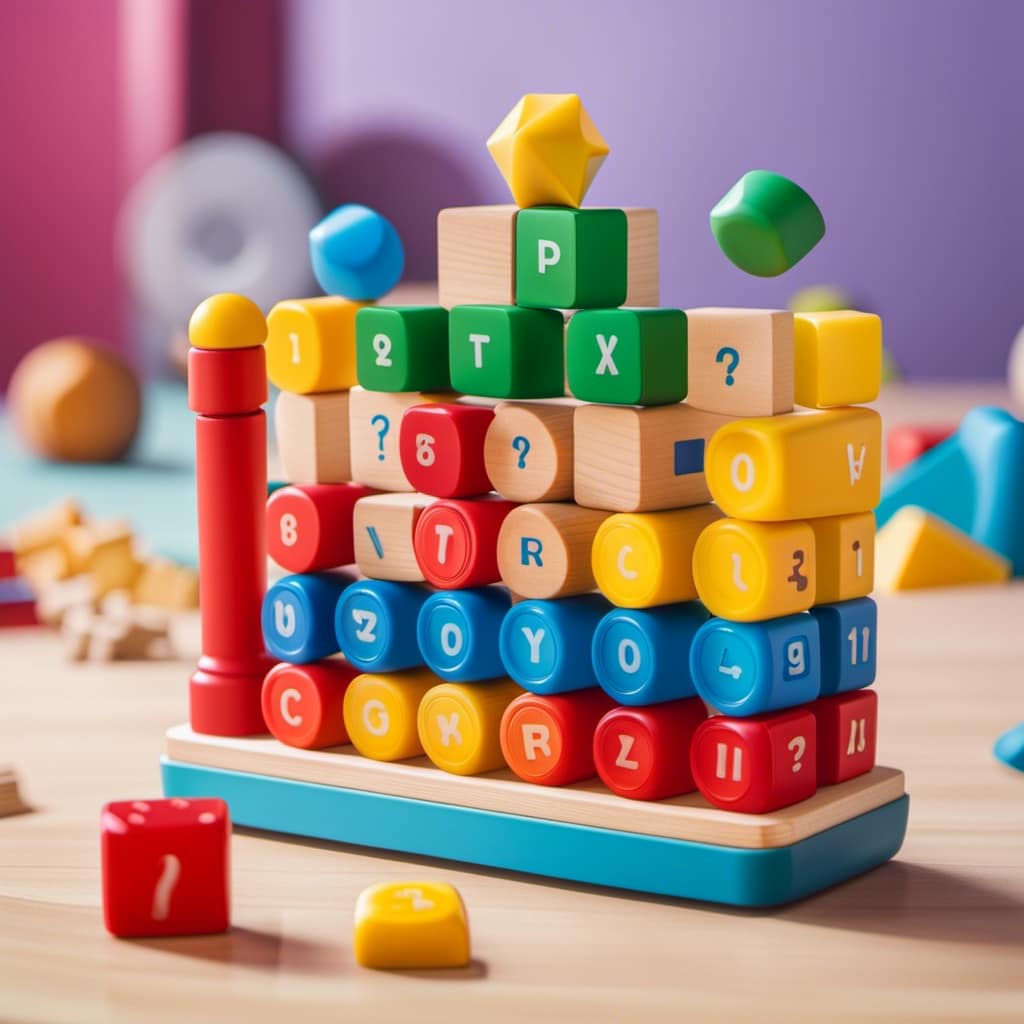
Are These Science Experiment Kits Suitable for Use in a Classroom Setting?
In a classroom setting, science experiment kits are a valuable tool for hands-on learning. They provide engaging and interactive experiences, allowing children to explore scientific concepts in a practical way. The benefits of hands-on learning are numerous and impactful.
Can Math Manipulative Toys Be Used to Teach Advanced Mathematical Concepts to Preschoolers?
Yes, math manipulative toys can be used effectively to teach advanced mathematical concepts to preschoolers. Research shows that hands-on learning with manipulatives improves understanding and retention of abstract math concepts.
Conclusion
In conclusion, investing in STEM toys for preschoolers is an excellent way to promote their educational development.
According to a recent study, children who engage with STEM toys at an early age show a 30% improvement in critical thinking skills compared to those who don’t.
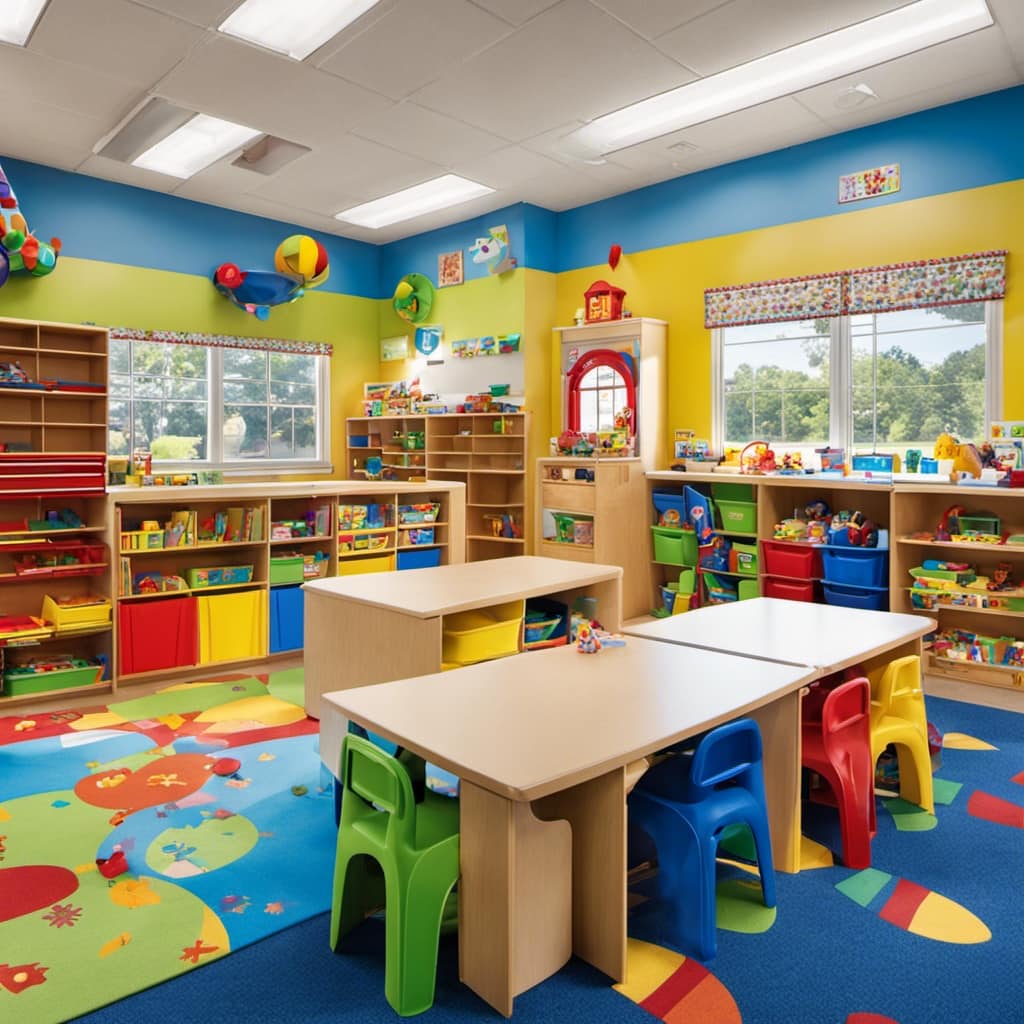
By providing magnetic building blocks, coding robot kits, engineering construction sets, science experiment kits, and math manipulative toys, we can foster a love for learning and set our children up for success in the future.
Mila, a gifted writer with a heart brimming with enthusiasm for child development and playful learning, is the creative force behind the enchanting narratives and insightful articles that grace Toddler Ride On Toys. With a background in early childhood education and a genuine passion for nurturing young minds, Mila weaves words that captivate, educate, and inspire parents, caregivers, and educators.
-

 Child Development3 months ago
Child Development3 months agoWhat Is a Theory in Child Development
-

 Child Development3 months ago
Child Development3 months agoThe Science Behind How Parents Affect Child Development
-

 Child Development3 months ago
Child Development3 months agoWhat Do You Do in Child Development Class in High School
-

 Child Development3 months ago
Child Development3 months agoHow Parenting Styles Affect Child Development
-

 Child Development3 months ago
Child Development3 months agoWhat Is Child Development?
-

 Child Development3 months ago
Child Development3 months agoHow Does Piaget’s Theory Impact Child Development
-

 Preschool Toys6 months ago
Preschool Toys6 months agoTop 8 Interactive Role-Play Toys for Preschoolers Reviewed
-

 Child Development3 months ago
Child Development3 months agoHow Does Food Insecurity Affect Child Development











